

Max Davies
2026 Ram 1500 Rebel review
5 Days Ago

Journalist
The axe fell on Holden earlier this year, ending the run of Australia’s own arm of General Motors – but its demise just the latest in a long line of marques bought or started and later discarded by GM over its 112 years.
While other automakers started life with a single brand and grew from there, The General was founded in 1908 with the express purpose of acquiring a selection of brands, and placing them on a pricing ladder so customers could step up through the range as their needs and circumstances changed.
This method of operation has seen many brands come and go over the years.

Stock is almost out and dealer signage is coming down, marking the end of Holden in Australia and making it the latest victim of GM’s retreat from unprofitable markets.
Founded in 1852 as a saddle maker, in the 1910s the company began making car bodies for everyone from Austin, Chevrolet, Fiat and Ford through to Studebaker and Willys.
In 1931 GM bought Holden and merged it with its local manufacturing operations, but the company wouldn’t begin producing its own distinct model — based on an unused Chevrolet design — until 1948.
The 48-215, and its descendants, saw Holden dominate the local market, with a market share as high as 50 per cent in the 1950s.
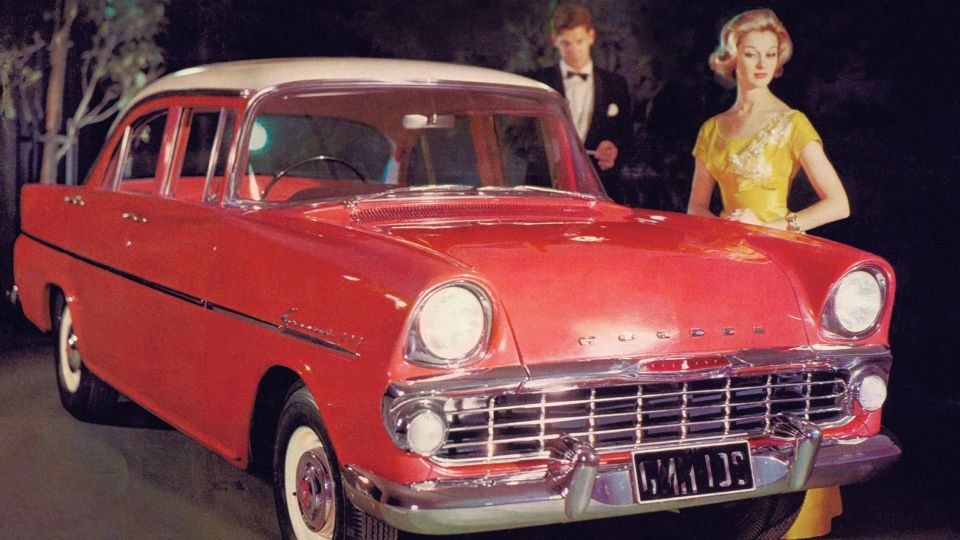
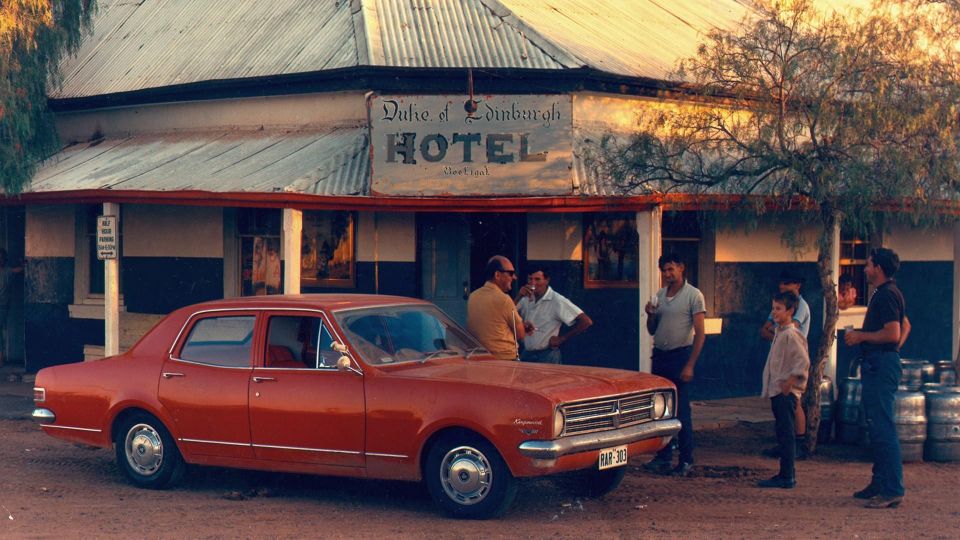
From that point in time it seemed impossible to imagine Holden would ever leave our shores.
Through a mix of factors, including the ever-growing popularity of crossovers, exchange rates not conducive to export, and the high cost of developing a model with limited sales prospects both locally and globally, General Motors announced in 2013 it would end local production of the Commodore range in 2017.
With its best vehicle headed for the graveyard, the prospects for Holden looked grim, but GM reassured all of us 20 new products were on their way by 2020.
Those that did arrive, such as the front-wheel drive Commodore, new Astra, and Acadia and Equinox crossovers, sold poorly.
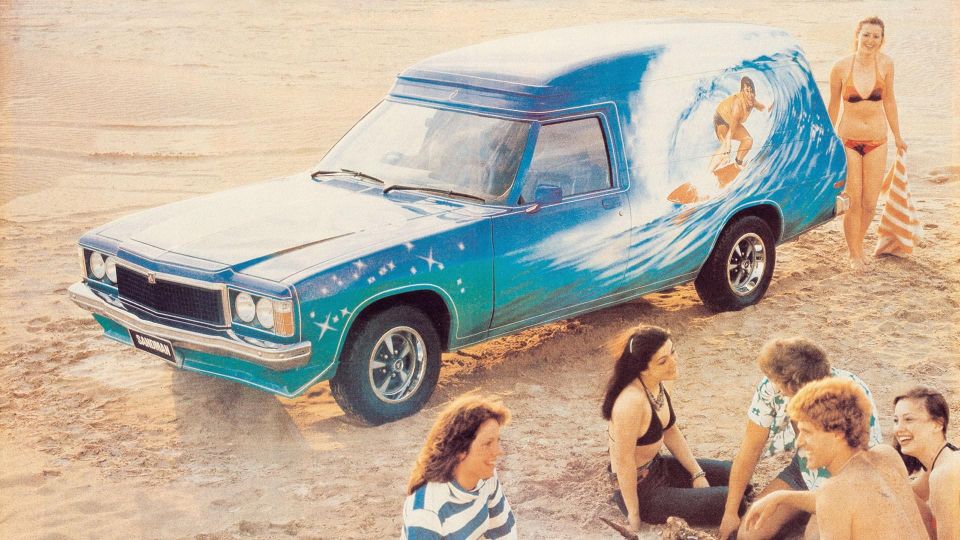
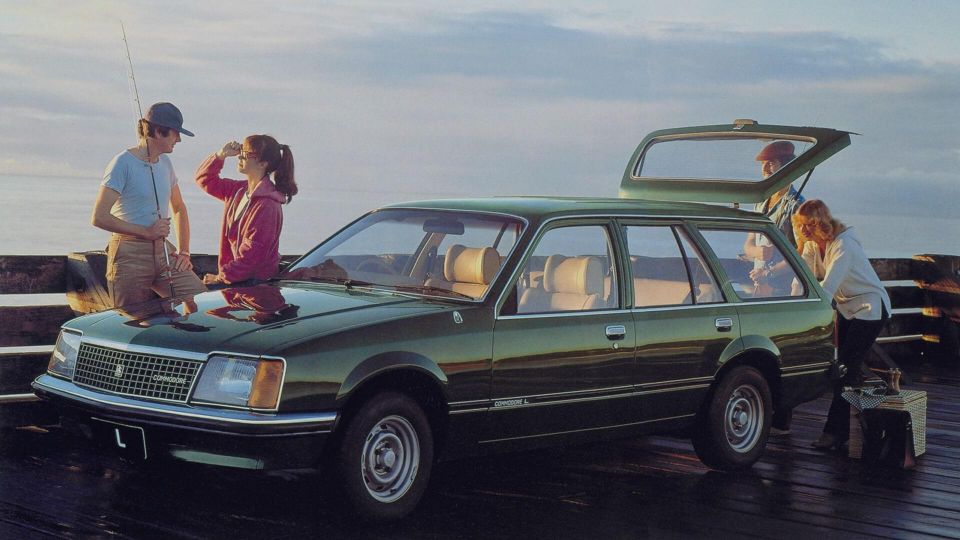
From the middle of the 2010s, GM began withdraw from unprofitable markets, such as Africa, India, and most of Asia outside of China.
Coupled with the sale of Opel and Vauxhall in 2017, GM only had three small right-hand drive markets left in its portfolio (Australia, New Zealand, and Thailand).
Unable to justify developing right-hand drive vehicles for just those three markets, GM pulled the pin on Holden.
Earlier this year HSV, the go-fast tuner partially owned by GM, bid farewell to the last HSV branded model, the Colorado-based SportsCat ute. If you want fuller recounting of HSV’s history and some of its standout models, check out are farewell feature.

GM bought England’s Vauxhall in 1925, and Germany’s Opel in 1929. Until the 1970s, the two automakers operated largely independently. Sometimes the two would share designs but have a raft of unique components, at other times the two automakers would compete.
With Opel pulling in more sales than its UK counterpart, Vauxhall vehicles eventually ended up being rebadged, or sometimes lightly restyled versions of their Opel cousins.
From the 1970s onwards, both Opel and Vauxhall would prove to a be rich source of platforms and designs, and later fully built-up vehicles.
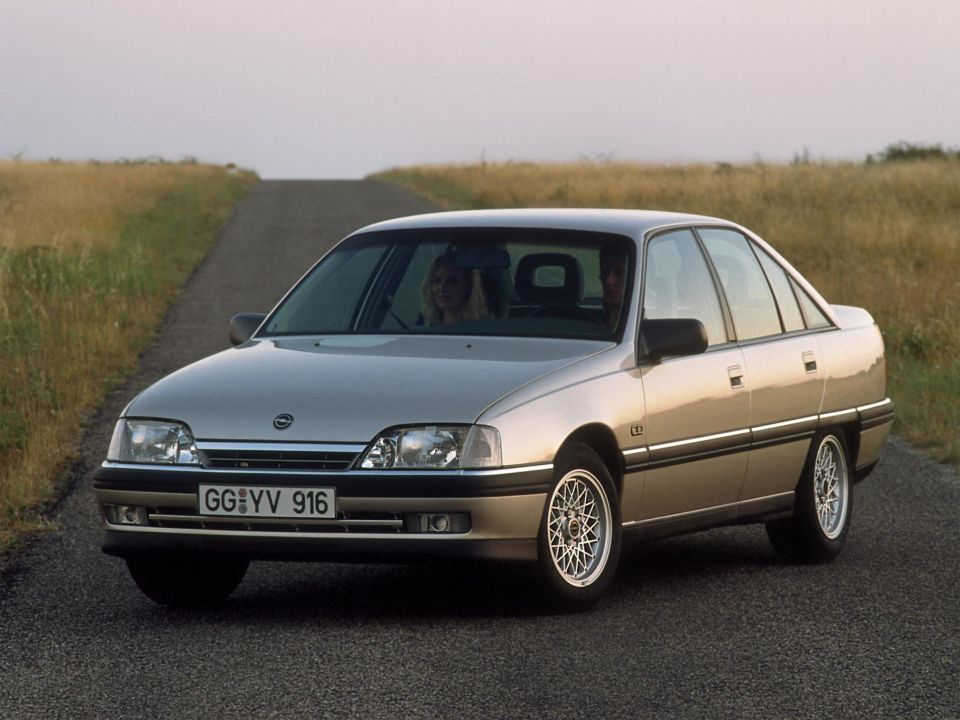
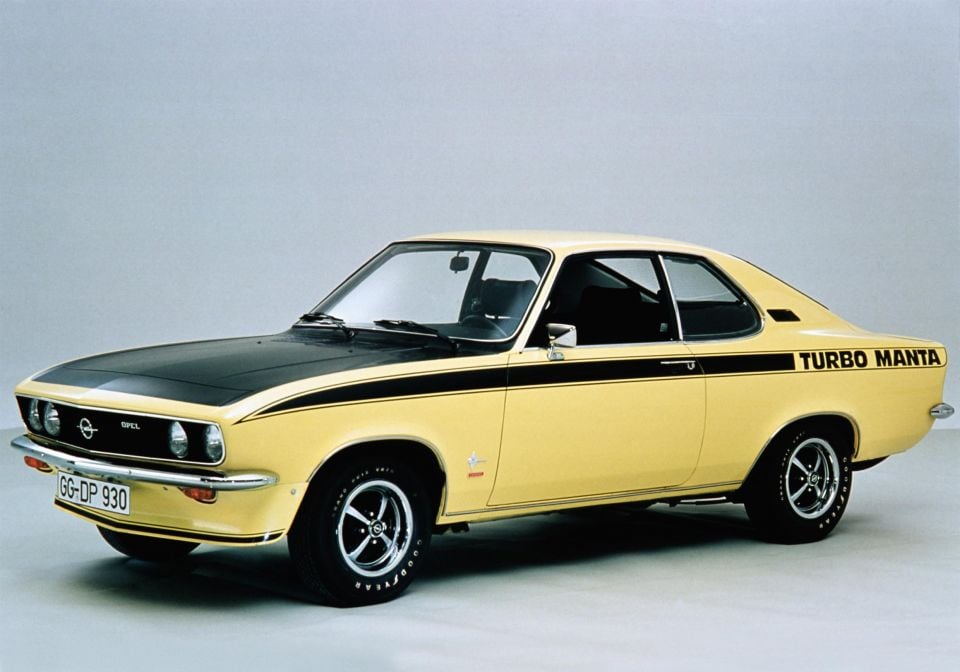
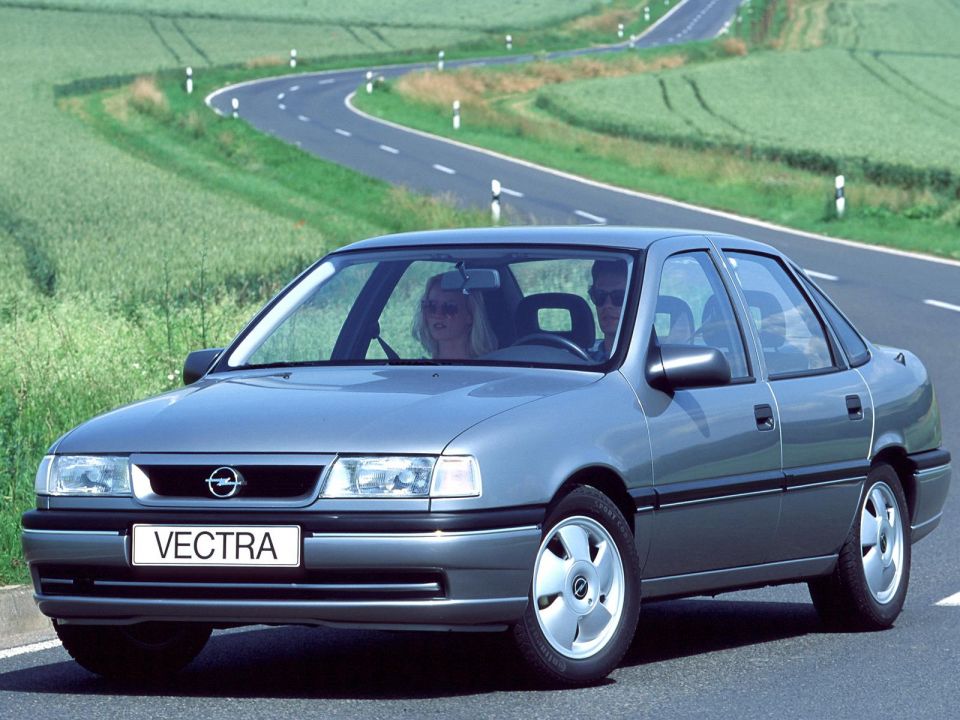
During its bankruptcy proceedings in 2009, GM was close to selling to Opel/Vauxhall to automotive parts supplier Magna backed by Russian bank Sberbank.
In the end GM pulled the plug on the deal because the European unit was deemed to central to the automaker’s development plans, especially for small cars and fuel-efficient engines.
Fast forward to 2017, and the General had had enough of the red ink and endless turnaround plans, and sold the Opel and Vauxhall businesses to the PSA Group, parent of Peugeot, Citroen and DS.
Although both had suffered nearly two decades of losses, within a year or so under French ownership Opel and Vauxhall were back in the black.
While undoubtedly a positive for GM’s bottom line, the sale means GM is the only major global automaker not to have a presence in Europe.
Combined with the company’s earlier withdrawal from other right-hand drive markets, such as South Africa and India, it’s also not hard to draw a line from GM’s sale of Vauxhall to Holden’s demise a few years later.
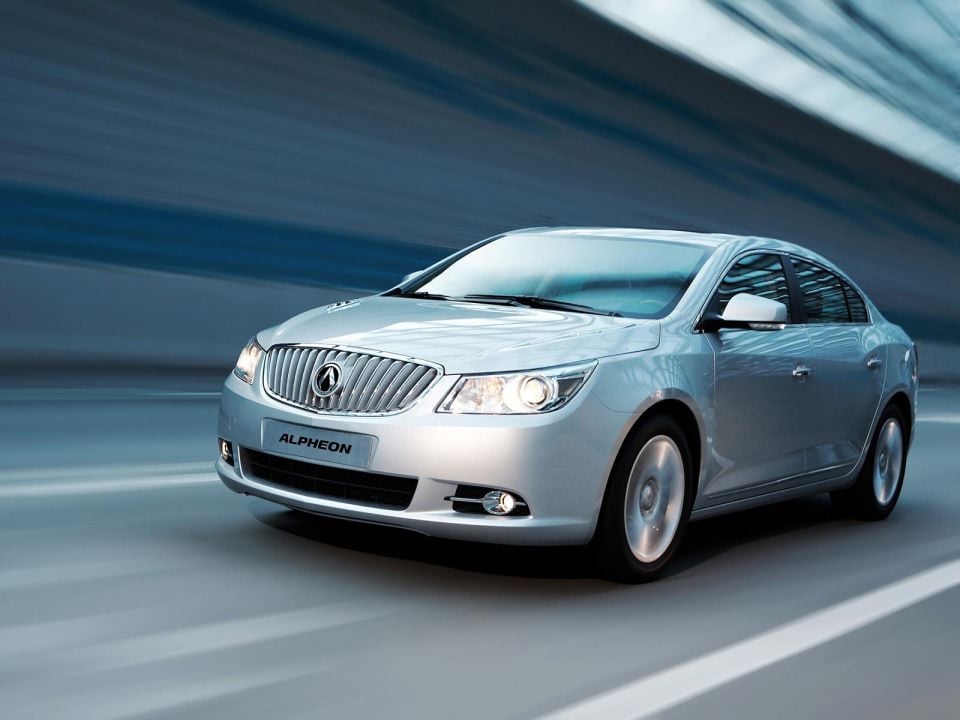
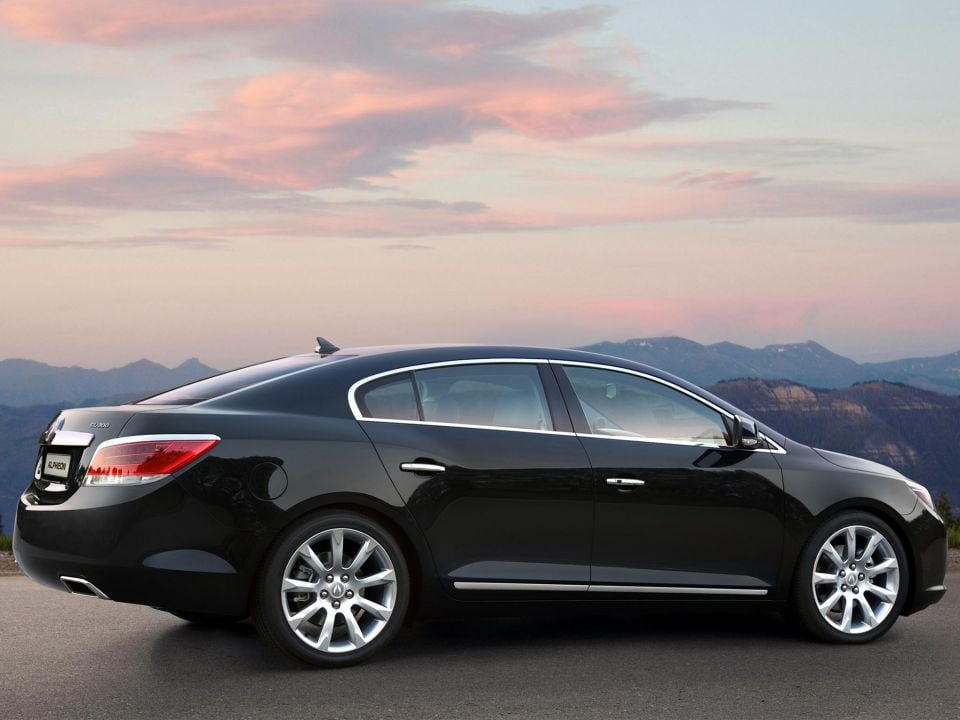
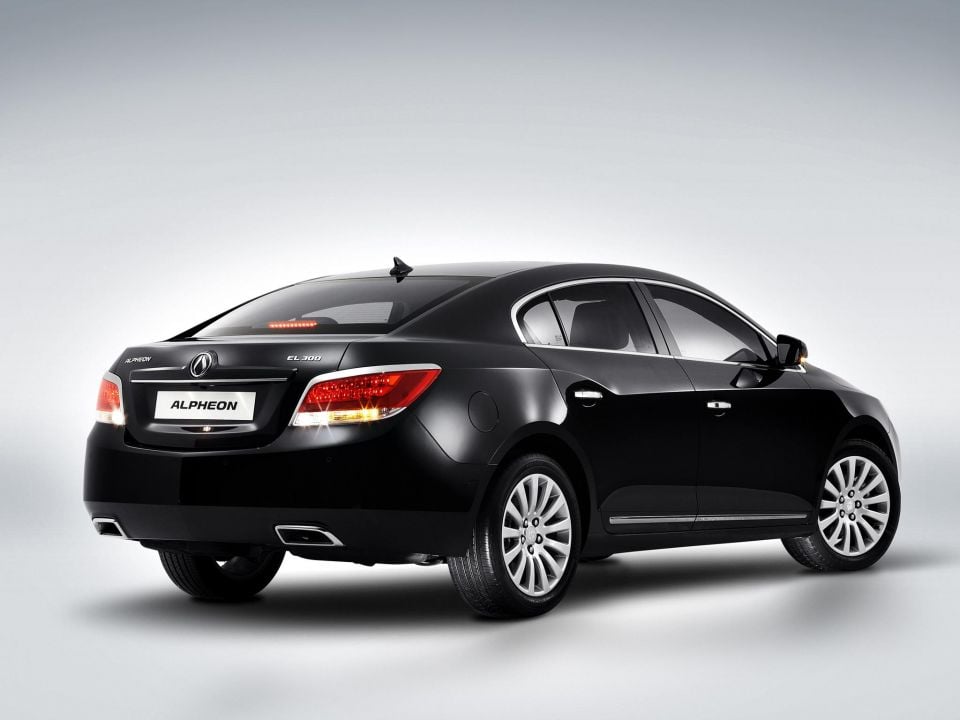
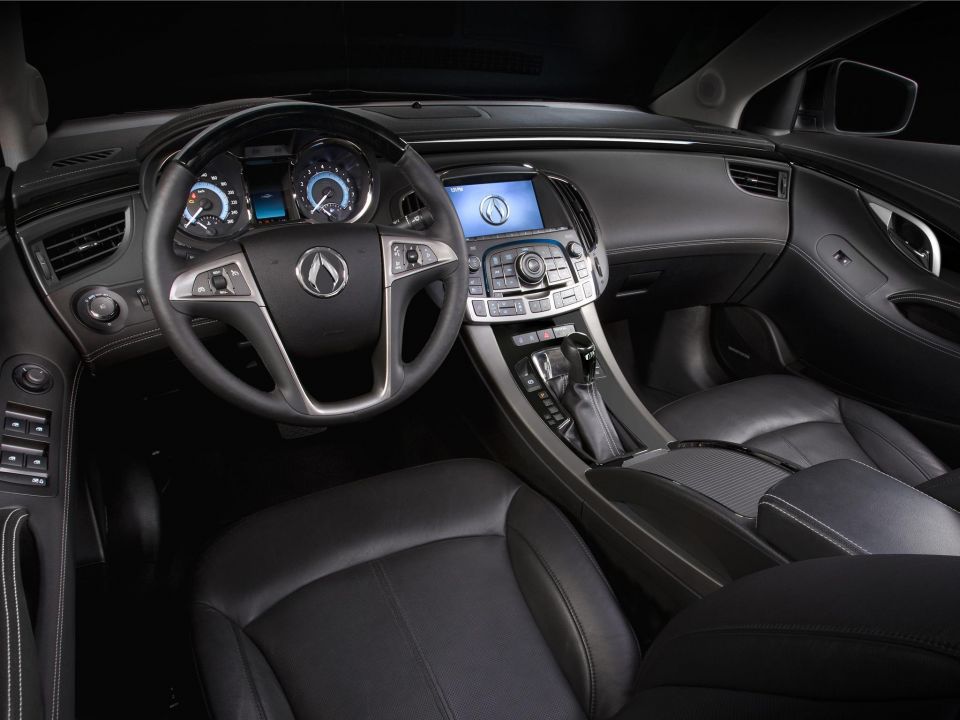
While many a tear has been shed — not to mention deluge of words written — over the demise of many of the marques in this article, we’re not sure if there’s a been sob or even a short eulogy written for Alpheon.
In 2010 as GM exited Chapter 11 bankruptcy protection, the automaker took the unusual move of launching a new brand just as it was shutting down a number of marques in the US and looking to offload some others.
According to a recent feature by GM Authority, GM Korea needed a large semi-luxury sedan. At the time the Daewoo brand was being phased out in favour of Chevrolet, but it was years before a new, more modern Impala would be ready for sale.
As a stopgap, the company decided to bring in the Buick LaCrosse. Simultaneously unwilling to rebadge a “true” Buick with a Chevy bowtie, or introduce the Buick brand to South Korea, the company decided to create a new marque to be sold in Daewoo/Chevrolet dealerships.
Alpheon lasted all of five years. Sales were apparently good, but constrained by a shortage of US parts. The brand was axed when the current Chevrolet Impala was launched in 2015.
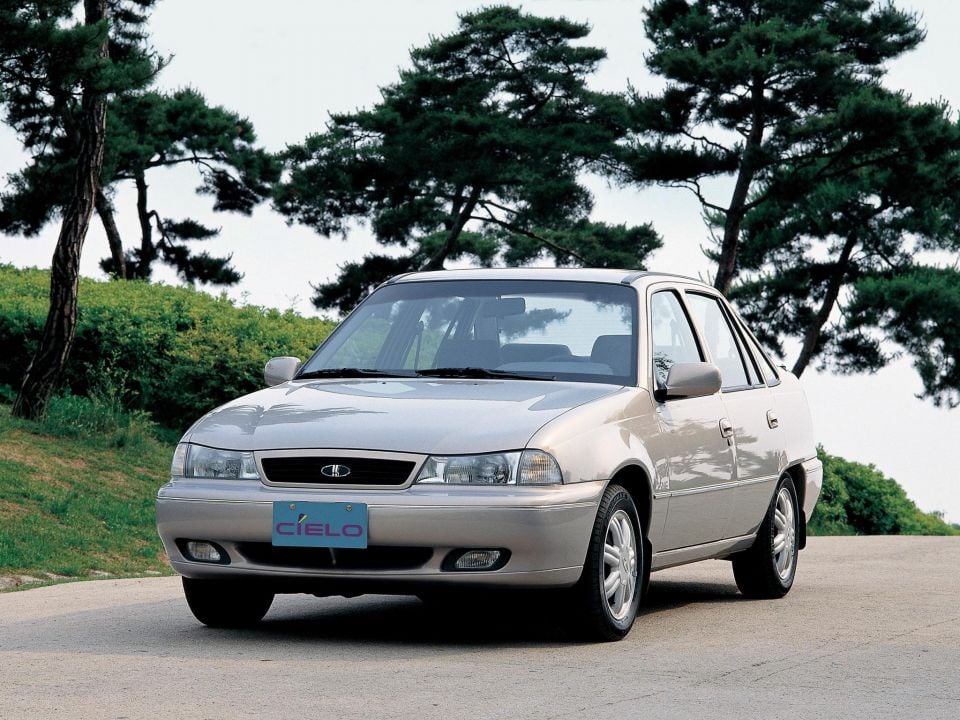
GM’s involvement in the South Korean automotive industry began in 1972 when it began a joint venture with Shinjin Motor, which had previously worked with Toyota.
The Korean half of the joint venture was bought by the Daewoo conglomerate in 1982, although it wasn’t until 1992 that GM’s ownership stake was bought out.
During this time Daewoo took on the contemporary Opel Kadett, and sold it using the rather optimistic LeMans name, a badge it kept even when was sold in the States by Pontiac.

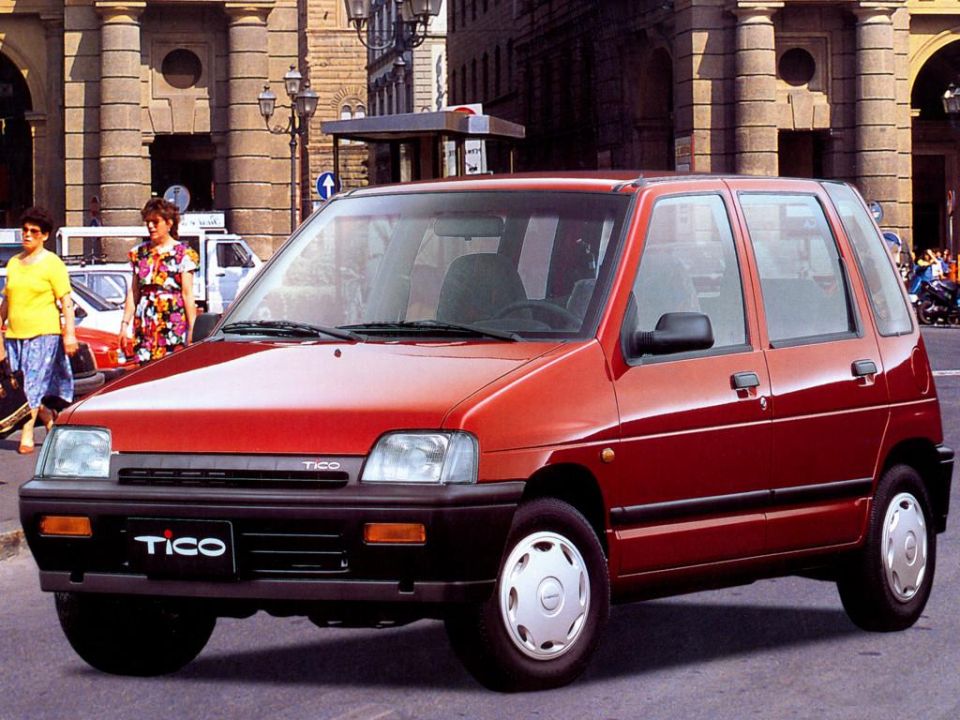

Under Daewoo’s full control, the Korean automaker charged headlong into developing its own models and becoming the next Toyota, but by 1999 the dream was over as the Daewoo conglomerate went bust and Kim Woo-jung, the company’s founder, did a runner to Vietnam.
With the help of Holden and Suzuki, GM bought Daewoo Motors in 2001.
Not only was Daewoo’s product plan synced up with GM’s, but the Korean company became the source for Chevrolet and Holden’s smallest and cheapest vehicles.
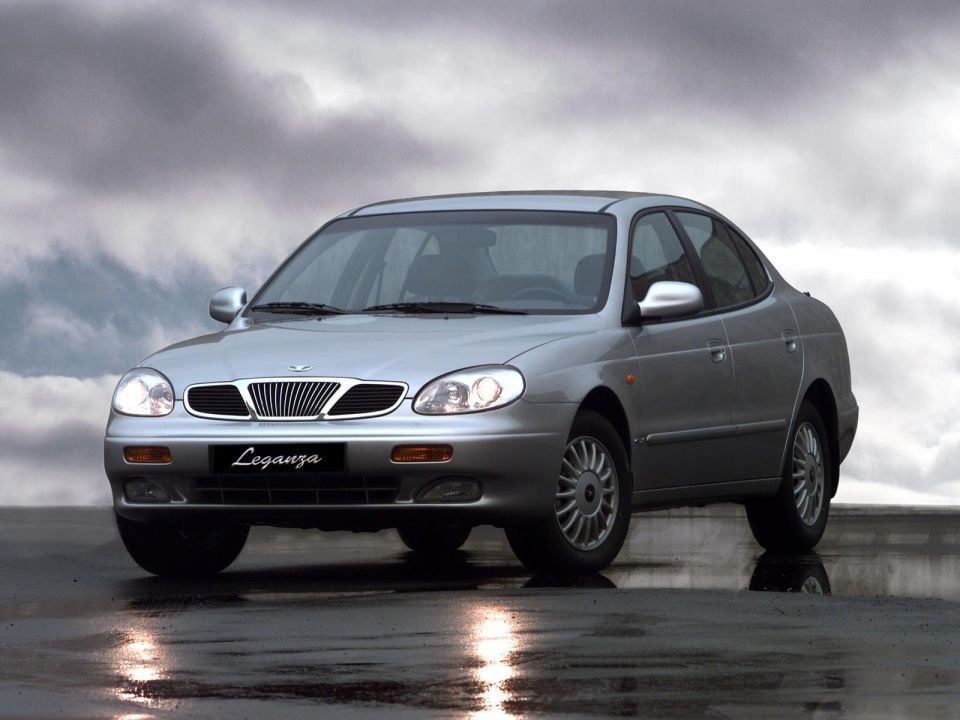
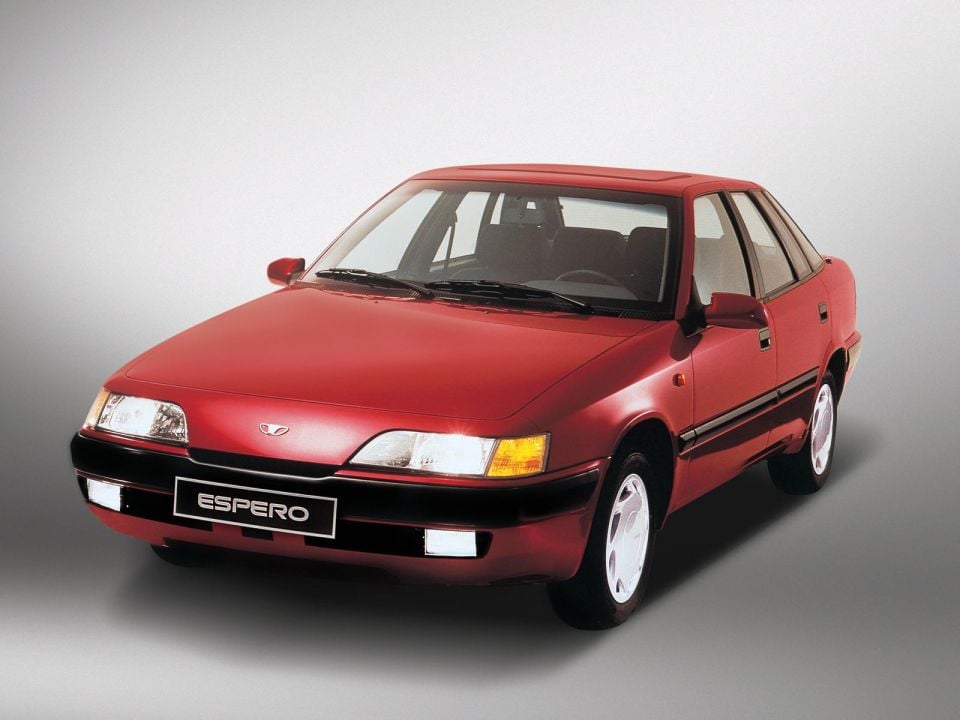
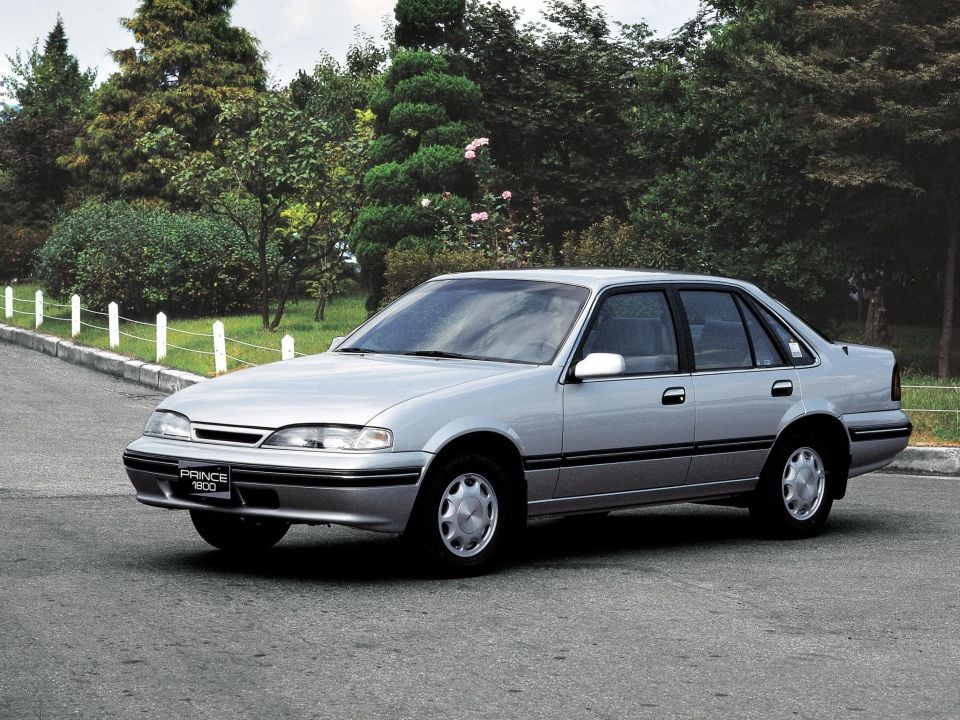
This lead to the Daewoo Kalos being rebranded as the Holden Barina, replacing the well regarded Opel Corsa-based model. The Daewoo Lacetti was reborn as the Holden Viva, undercutting the similarly-sized, but more sophisticated Opel-sourced Astra.
The Daewoo brand continued to be used in South Korea until 2011 when it was replaced by Chevrolet.

As Saab’s advertising stressed, the company was “born from jets”. Saab – or Svenska Aeroplan Aktiebolaget (Swedish Airplane Company) – began life in 1937 as a plane and military technology company, and began working on its first car in 1945.
A merger with Scania, a truck maker, took place in 1968. At the beginning of the 1990s, GM bought a 50 per cent stake in Saab Automobile for US$600 million — adjusted for inflation that’s about $1.7 billion. GM acquired the remainder of Saab in 2000 for mere US$125 million.
Under GM’s control, in 1994 Saab replaced the original 900, which made its debut way back in 1978, and the 9000 gave way to the 9-5 in 1997. Both were all-new models based on the Opel/Vauxhall Vectra.

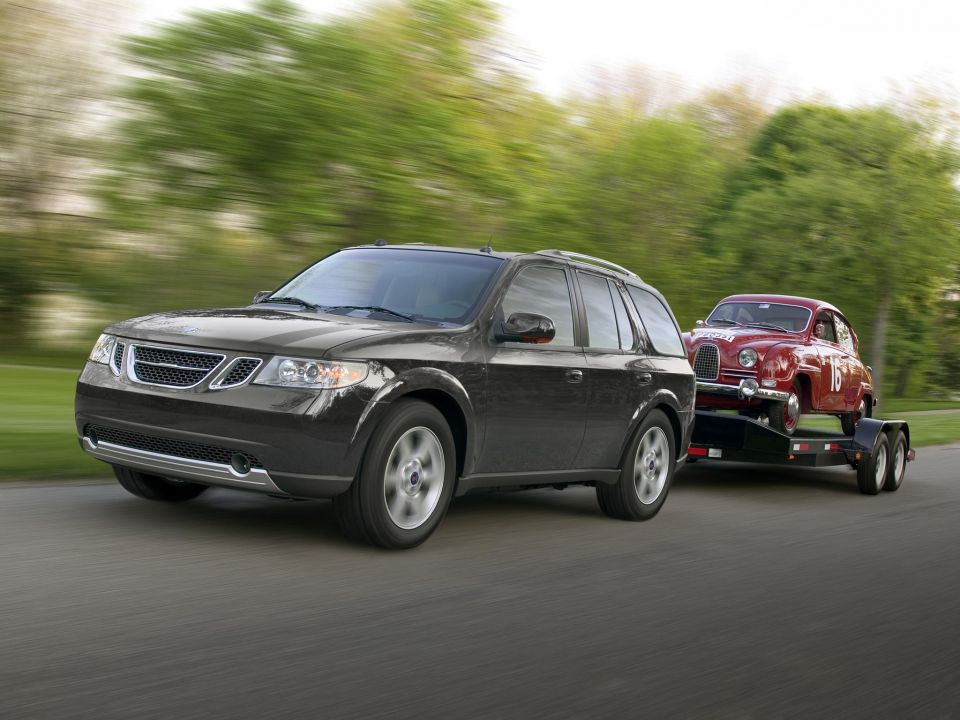

Although GM moved both of Saab’s vehicle lines into the modern era, it failed to expand the luxury brand’s offerings until it launched in the 9-2X and 9-7X in the US in 2005.
While the turbocharged 9-2X sat closer to Saab’s core values, it was easy to see it was a lightly reworked Subaru WRX hatch, thrummy four-cylinder boxer engine and all.
With the company’s heritage it hard to fathom who the 9-7X would appeal to, given that it was a V8 body-on-frame Chevrolet Trailblazer with a new nose.
Neither of these cars proved particularly successful, and sadly the cars that could’ve moved the dial for the Saab — the 9-4X crossover and second-generation 9-5 — were launched just as GM entered Chapter 11 bankruptcy proceedings in 2009.
The 9-6X, a less stylistically-challenged version of the Subaru Tribeca, never made it as far as production.
Saab was sold to Dutch supercar maker Spyker in 2010. The newly independent firm was given the right to sell the new 9-4X and 9-5, which would continue to be built by GM. These newer models were sold alongside aging 9-3, which was wholly owned by Saab and produced at its Trollhattan, Sweden plant.

As Spyker tumbled towards bankruptcy in 2011, it tried to negotiate new financial backing from Chinese automaker Youngman and dealer group Pang Da, but GM refused to continue licensing the technology in the 9-4X and 9-5 if Saab had any Chinese companies behind it.
With Spyker in administration, Saab’s assets were sold off to NEVS (New Electric Vehicle Sweden) in 2012. The China-run consortium planned to make a new all-electric version of 9-3 before developing its own dedicated EV models.
When NEVS too became insolvent in 2014, it lost the rights to the Saab name, which are owned by truck maker Scania and military contractor Saab AB.
NEVS was resuscitated and continues to make 9-3-based cars in China, the Saab name is now just another footnote in annals of automotive history.
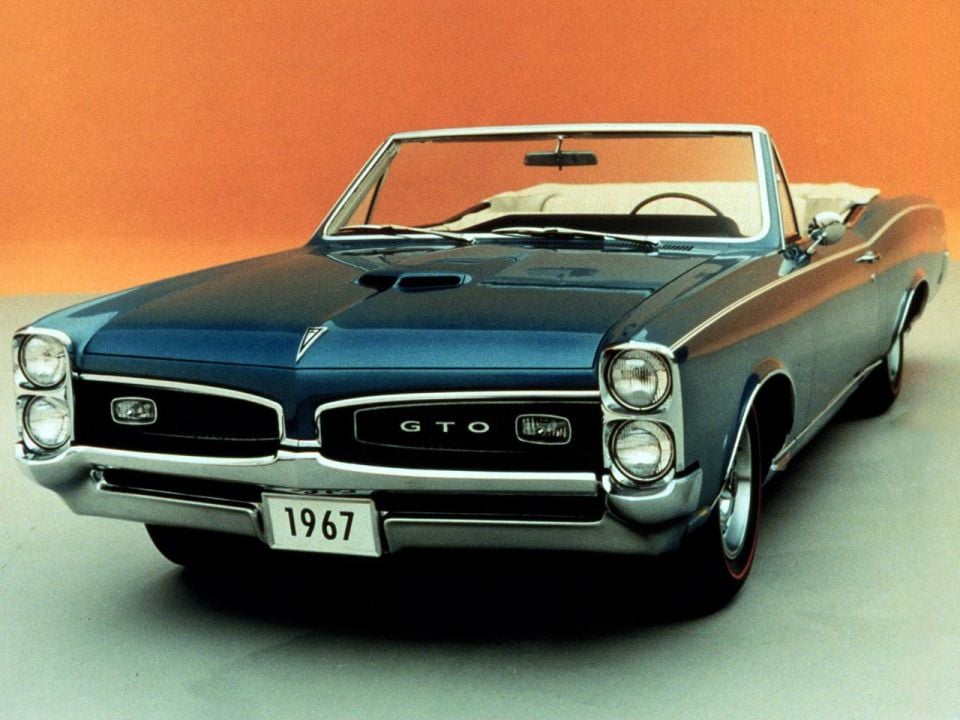
In mid-1920s the GM brand hierarchy was Chevrolet, Oakland, Oldsmobile, Buick, and Cadillac.
With large price gaps opening up between these marques, it was decided that each division, apart from Chevrolet, would get a new new companion brand, leading to a new structure featuring Chevrolet, Pontiac, Oakland, Viking, Oldsmobile, Buick, Marquette, LaSalle, and Cadillac.
Pontiac was launched as Oakland’s sister brand in 1926, and it quickly outsold its parent – so much so that by 1930 the Oakland name was phased out in favour of Pontiac. By 1940, the other companion marques were dead.
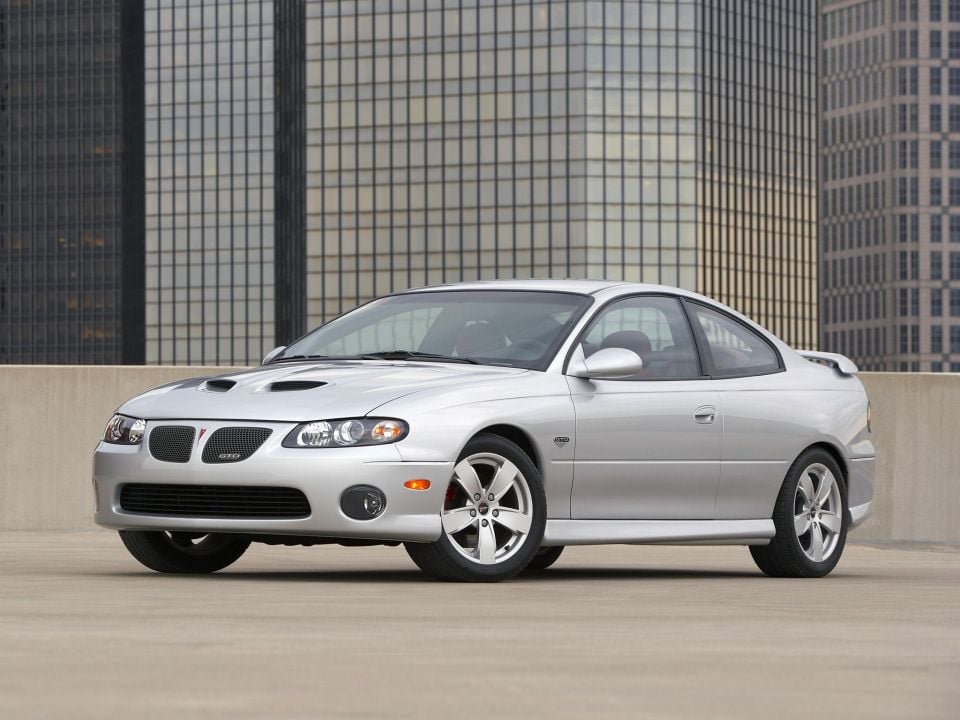
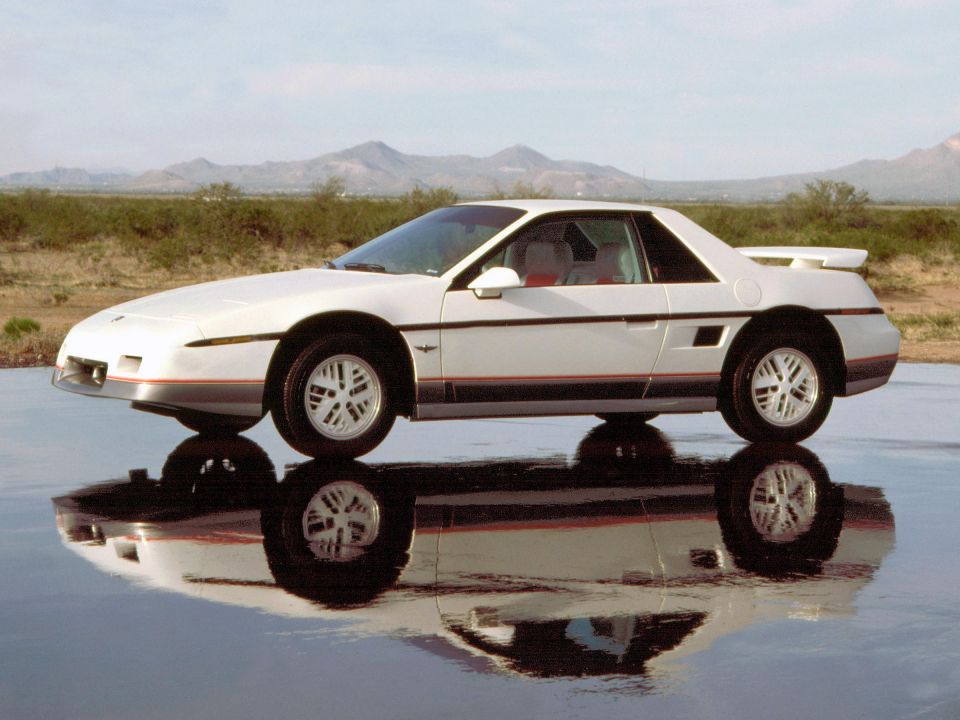
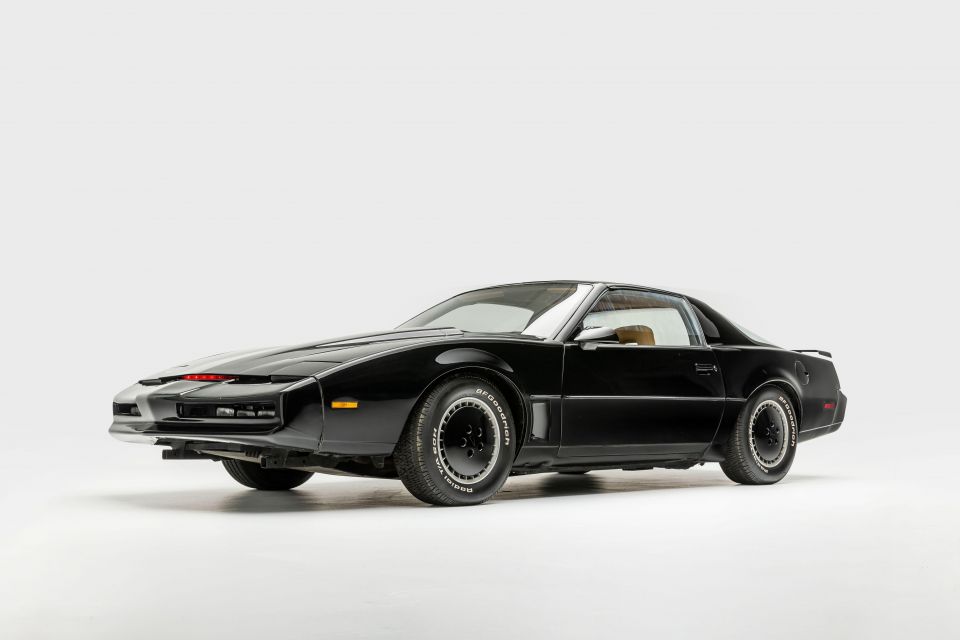
Christened Pontiac after the Michigan town where its initial vehicles were built, the brand’s name derives from a local war chief who fought against the British in the Great Lakes region during the 1760s. Until 1956 Pontiac’s logo was a stylised Native American head, after which the division adopted the arrowhead emblem.
Heading into the late 1950s sales were going the wrong way, and the brand’s image was the wrong side of boring and uncool.
Under the leadership of Bunkie Knudsen, Pontiac turned things around by becoming the General’s performance brand, and skirted around a corporate ban on large engines in mid-size cars by sticking a 242kW V8 into the “compact” 4.8m Tempest.
This variant was dubbed GTO, and eventually became its own model line. Not only was it a breakout hit, it cemented the reputation of engineer John Z DeLorean and kicked off the muscle car era.
Muscle cars, Pontiac, and indeed much of the American auto industry faded in 1970s thanks to multiple fuel price shocks, as well as federal government emissions standards which could only be met by strangling output.
Over time, GM’s divisions lost a lot of their engineering independence, and platform sharing became more and more obvious through blatant badge engineering.
Thanks to one David Hasselhoff and Knight Rider starring the Firebird Trans Am, the performance side of the brand burst back in relevance in the 1980s.
The Fiero was the first mainstream mid-engine sports car, and should’ve kept Pontiac surfing that wave.
Unfortunately budget constraints meant the car was initially fitted with the limp Iron Duke four-cylinder engine. Worse still, changes to the engine to improve the car’s weight distribution meant it caught fire with alarming regularity.


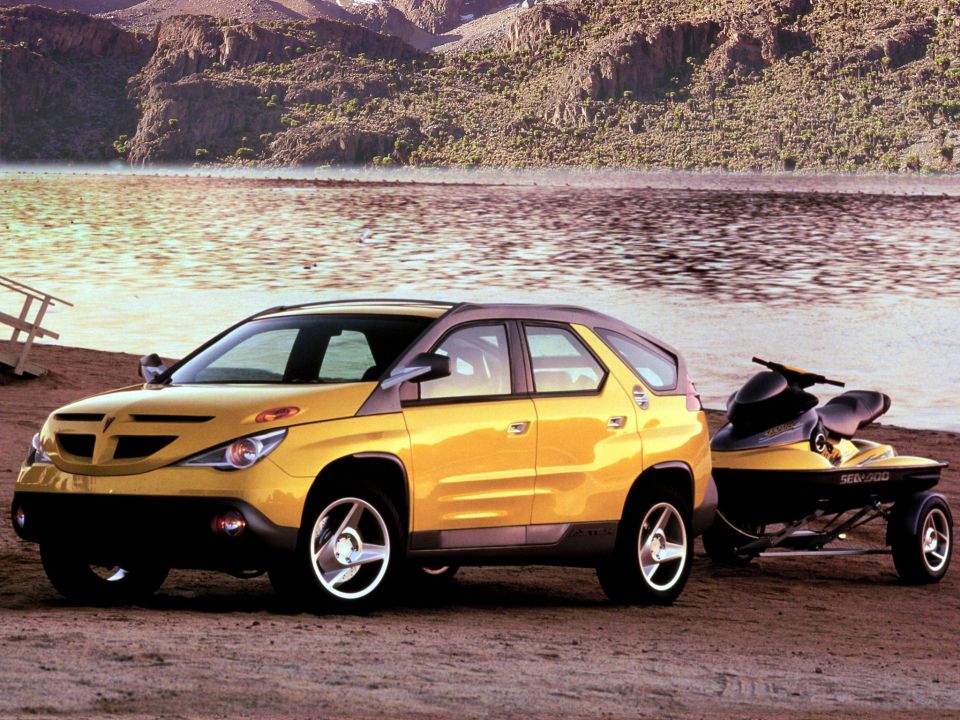
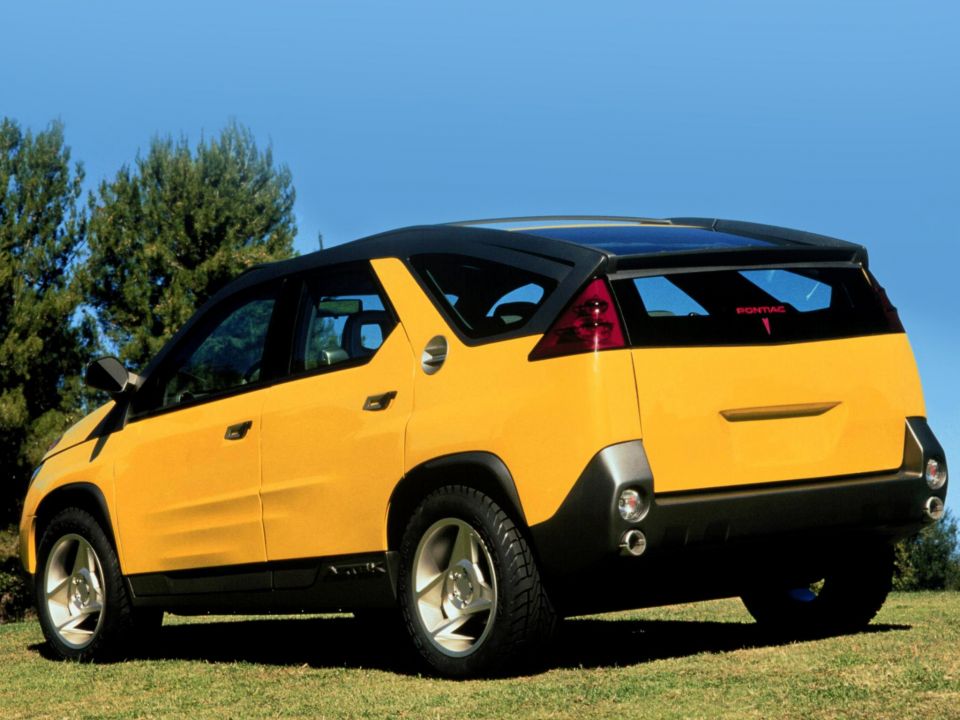
In 2000 GM tried to make the brand relevant again by hopping on the crossover bandwagon.
Instead of churning out a by-the-numbers unit, which possibly could’ve sold by the container load, the Aztek was designed to meet the edict that 40 per cent of all GM vehicles be “innovative”.
Sadly, the company turned the bold 1999 concept into a slab-sided, ill-proportioned mess.
In order to live up to its “we build excitement” tagline, the brand began slapping “sporty” cladding all over its vehicles, a practice stopped by car tsar Bob Lutz.
He also drafted in the Holden Monaro to revive the famous GTO nameplate, brought the VE Commodore Stateside as the G8 sedan, and ensured Pontiac Solstice, a Mazda MX-5 rival, made the transition from concept to production car.
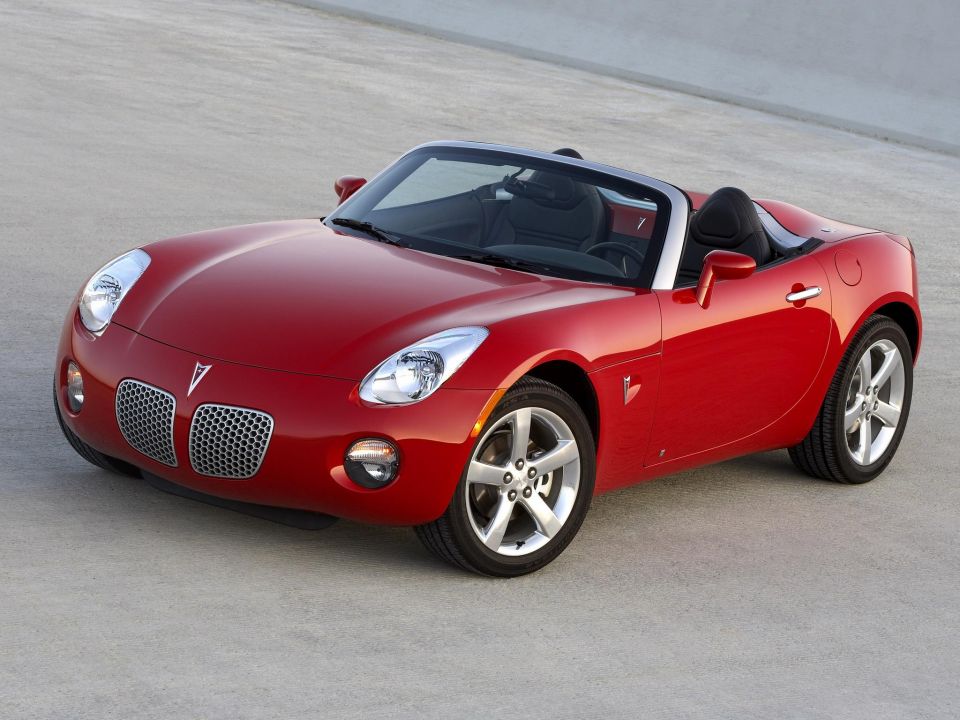
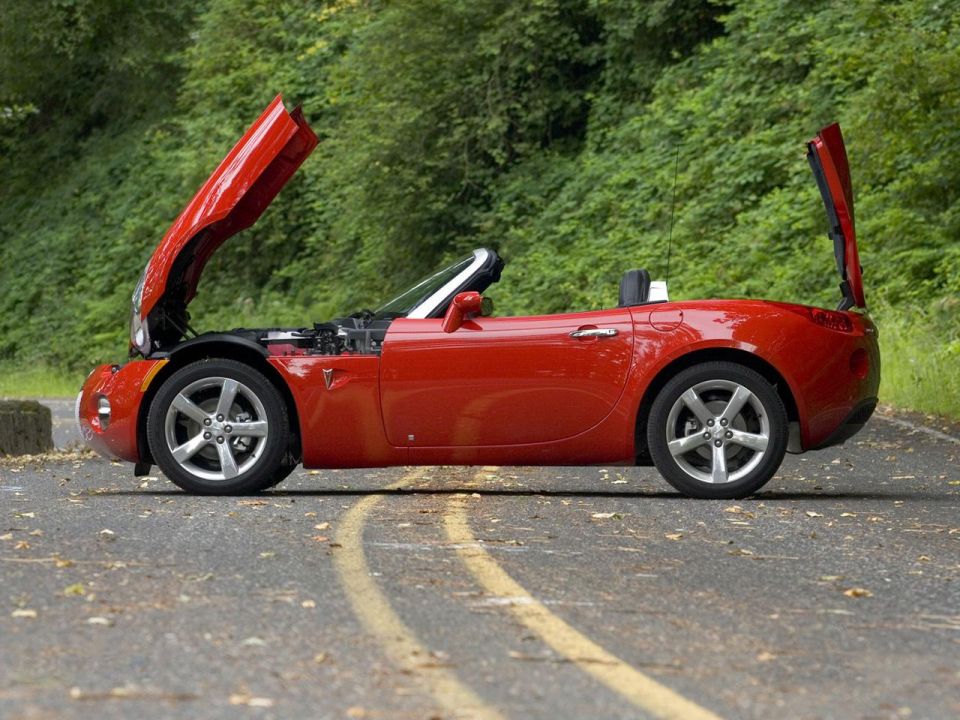
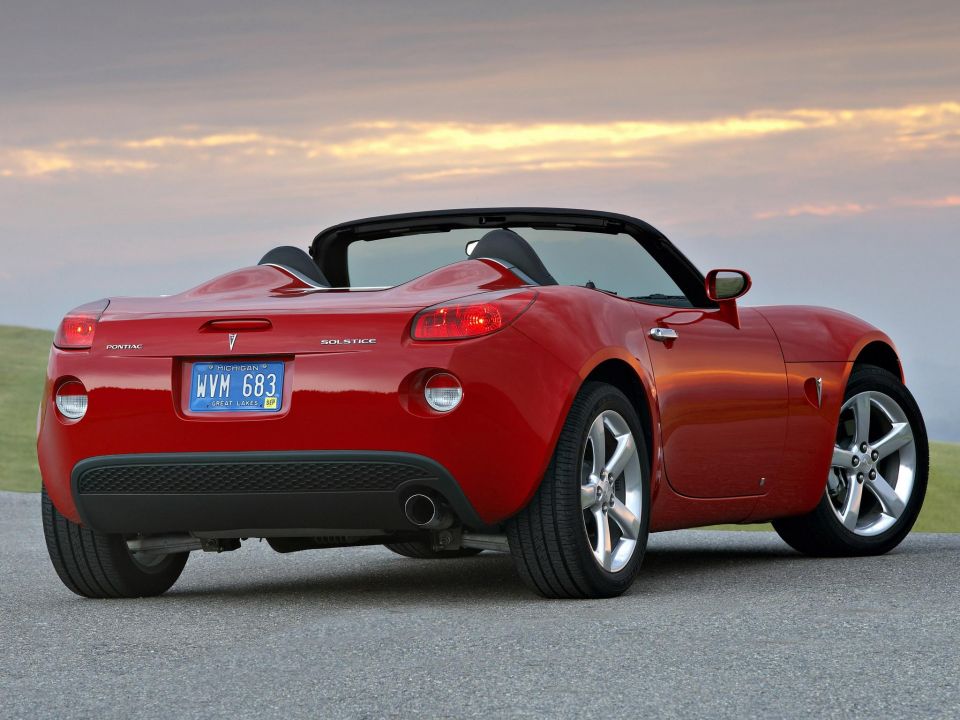
As GM moved through government-sponsored Chapter 11 bankruptcy proceedings that brought about retirement health care costs, an over-reliance on pickup truck and SUV profits, and the sub-prime mortgage crisis, the automaker was forced to cut some of its brands.
In the years before the 2007 financial crisis, Pontiac averaged around 450,000 sales annually, while Buick meanwhile was freefalling from 432,017 in 2002 to 240,657 in 2006.
GM elected to scrap Pontiac and keep Buick as it was easily the company’s most popular brand in China.
In 2007, Buick sold 332,399 cars in the Middle Kingdom and enjoyed 6.3 per cent market share. Since then its share has slid back to four per cent, but sales sit around the million mark.
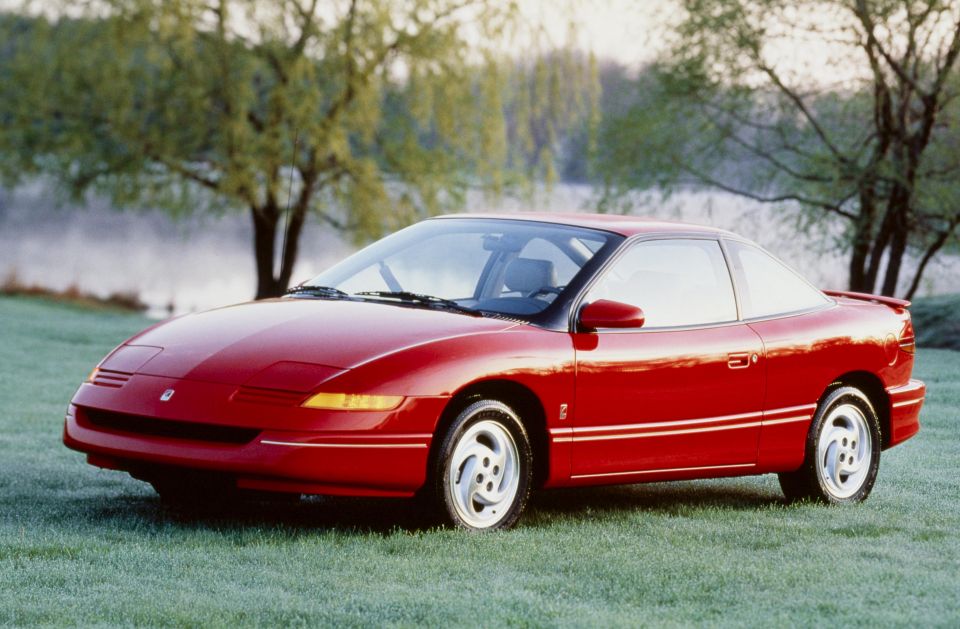
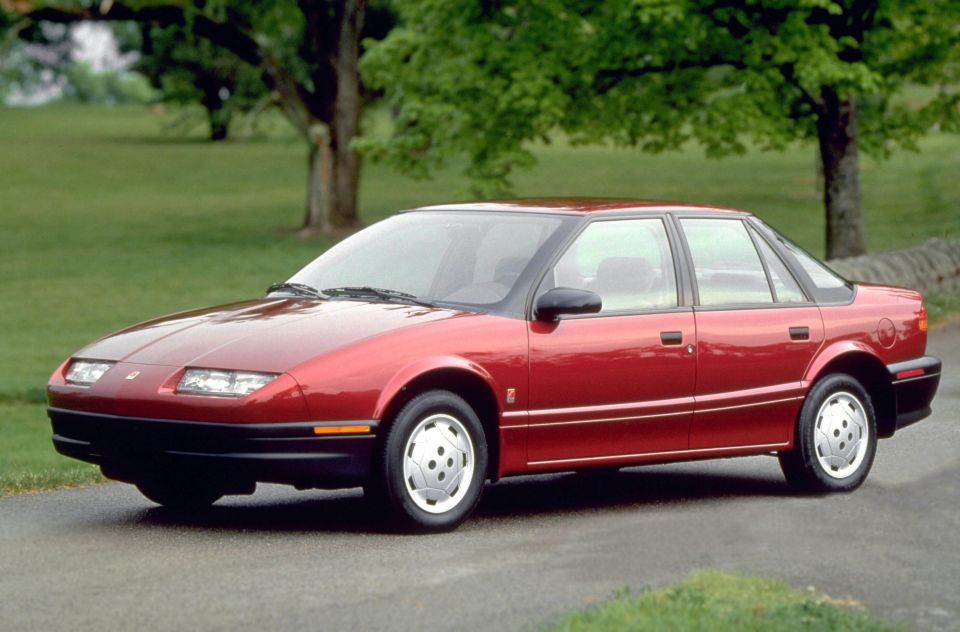
Through the oil price shocks of the 1970s, American consumers began buying smaller, more efficient Japanese vehicles in serious numbers. After sampling Japanese build quality and reliability, many customers did not return.
Launched in 1985 before going on sale in 1990, Saturn was GM’s effort to win back those people and change the perception about American designed and built small cars.
Saturn was given the kind of autonomy GM’s brands had in their heyday, and the S-Series boasted a unique spaceframe architecture dubbed Z-body, with dent-resistant plastic body panels (and panel gaps only a Tesla would envy).
All of these Saturns were made at a dedicated greenfield manufacturing plant in Spring Hill, Tennessee. In a Toyota-like move, factory employees were even encouraged to make suggestions about production line improvements.
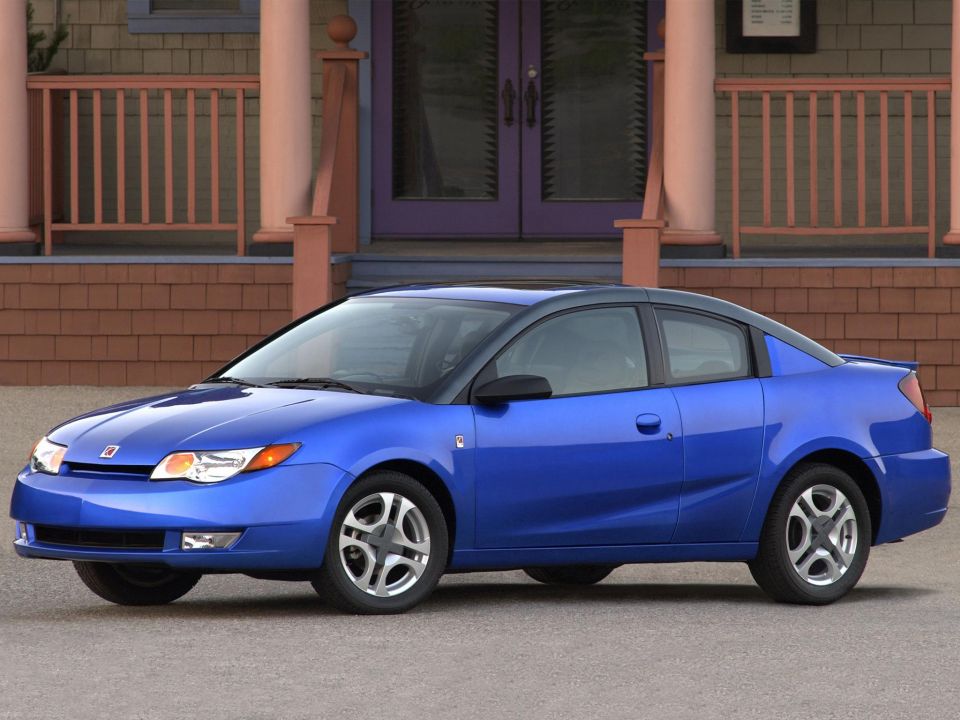
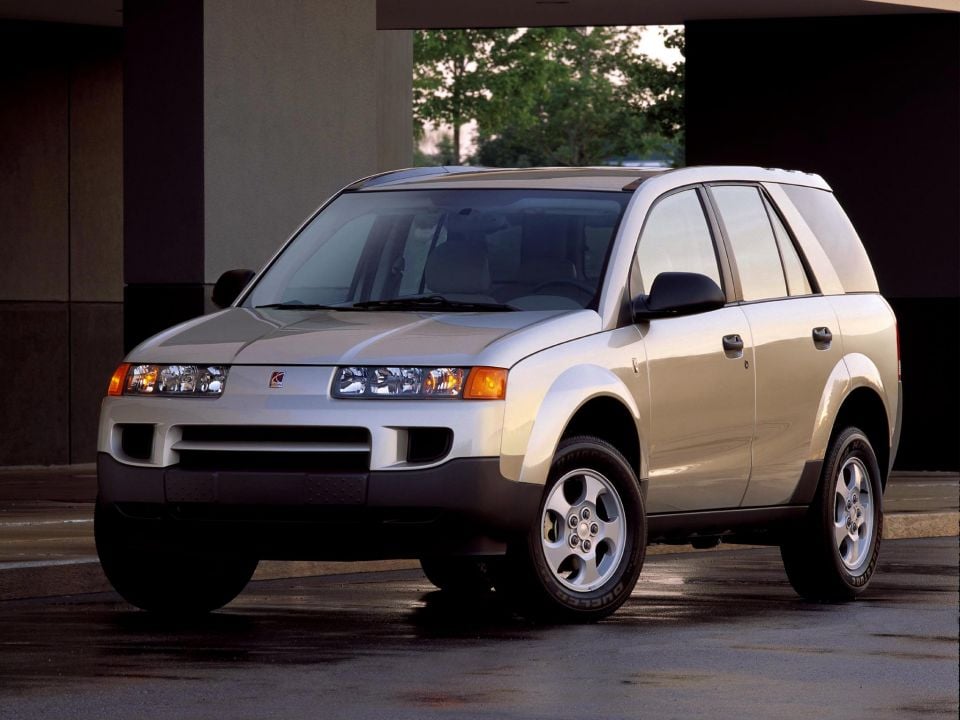
Marketing itself as a “different kind of car company”, Saturn had a no haggle pricing policy and its own dealership network. The company even staged “homecoming” events, where Saturn owners would turn up at the factory in their vehicles.
After the initial flush of cash Saturn received little further investment, meaning its customers had nowhere to go if they wanted a larger or more modern vehicle.
In the early 2000s, GM began to address these issues with crossovers and larger models, and a replacement for the S-Series. Unlike the original Saturns, though, these cars were based on common GM platforms.
In the last few years before GM’s bankruptcy, Saturn’s lineup mostly had vehicles with either plenty of Opel DNA or directly shared with the German brand, such as the Astra hatch and Sky two-door.
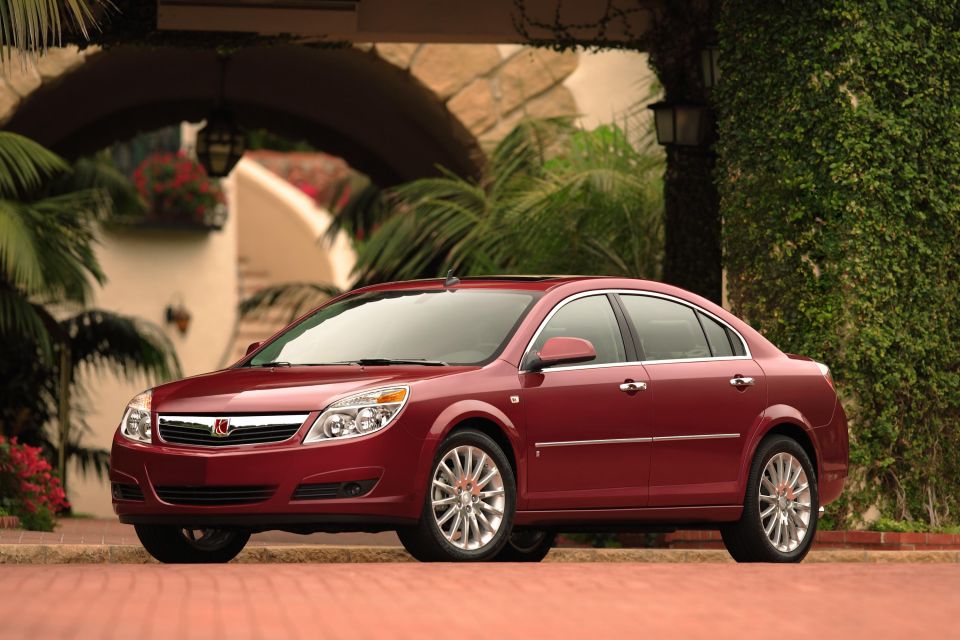
As part of GM’s Chapter 11 proceedings, the automaker decided to get rid of Saturn as it was a US-only brand and didn’t have any high-margin models in its portfolio.
A deal was struck with the Penske Automotive Group, which would see GM continue production of the Aura, Outlook, and Vue until 2011.
Unfortunately Penske couldn’t find another manufacturer to take over production or begin supplying other products after 2011, so the deal fell through and the brand was axed by GM in 2010.

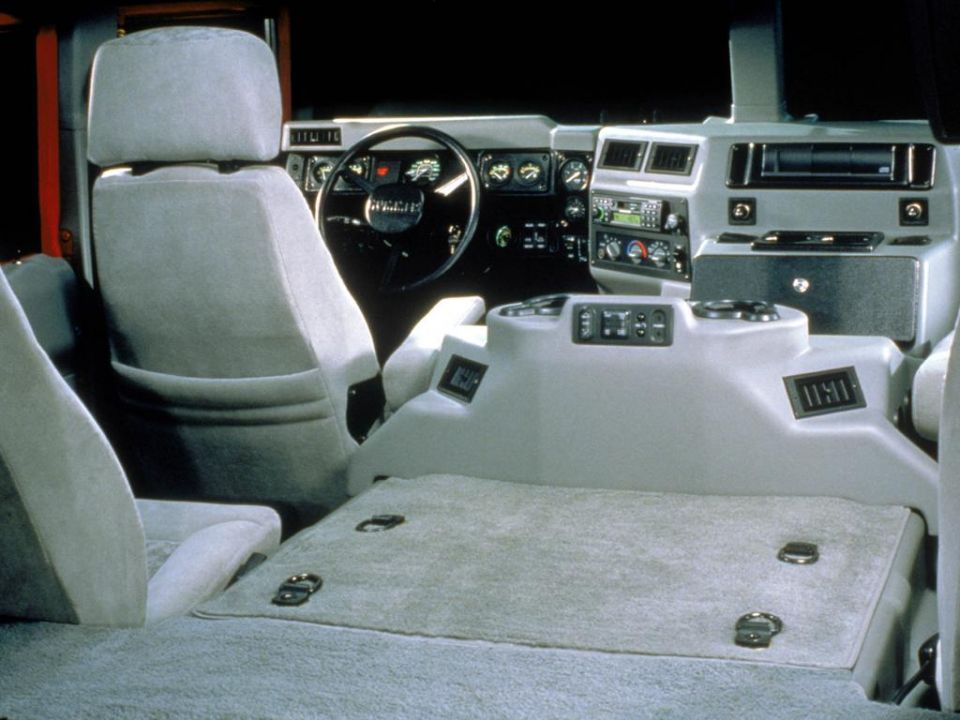
In 1992 AM General began selling a road-legal, civilian version of its HMMWV (High Mobility Multipurpose Wheeled Vehicle) or Humvee military vehicle.
The brand was sold to GM in 1999, with AM General continuing production of the original Hummer and GM responsible for sales, distribution, and marketing.
GM also began developing smaller, more user-friendly Hummer vehicles based on its existing pickup truck platforms.
Sales peaked in 2006 when 71,524 Hummers were sold in the US.
As part of the company’s great brand cull during bankruptcy, GM said it would get rid of Hummer, partially because gas-guzzling large SUVs were suddenly out of vogue.
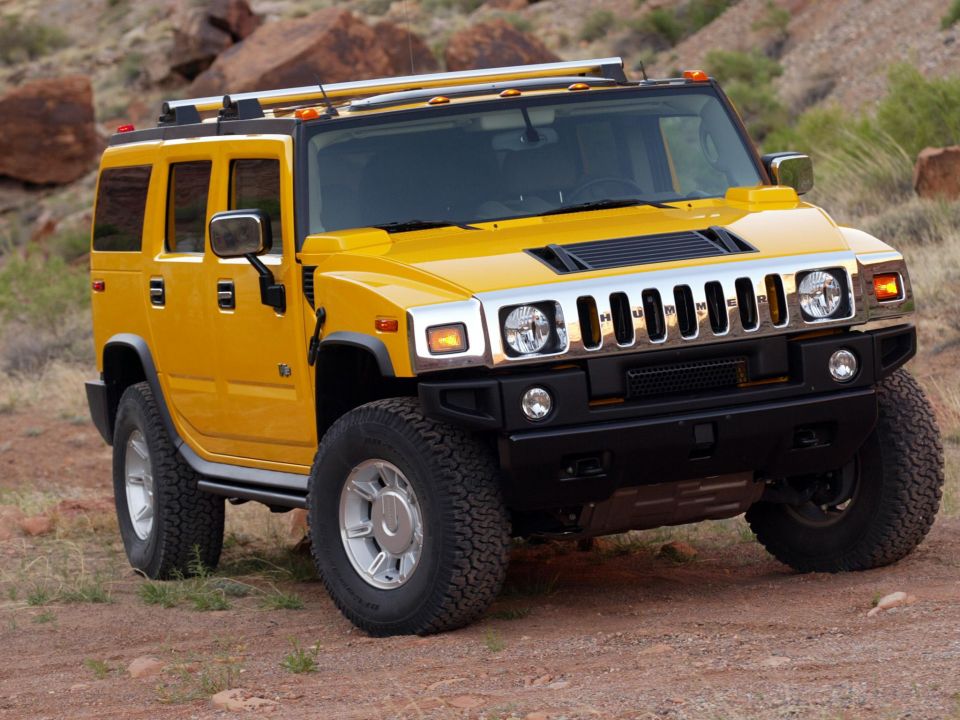
Although Mahindra expressed an interest in purchasing the brand, GM’s most serious offer was from the relatively obscure Sichuan Tengzhong Heavy Industrial Machinery Company.
With credit hard to come by and resistance from the Chinese government, the potential deal fell through and Hummer was closed down in 2010.
Unlike other brands on this list though, Hummer is making a comeback as sub-brand of GMC. The new GMC Hummer EV is an electric ute with up to 745kW, and is due to go into production in 2021.
Part of GM’s assault on the electric vehicle sector, the Hummer EV ute will be followed by a related electric SUV.


Founded in 1897 by Ransom Eli Olds, Oldsmobile was responsible for many automotive innovations, including the 1902 Curved Dash model being made on the first mass production and assembly line, the first fully automatic transmission in 1939, and the first road-going turbocharger in the 1962 Jetfire.
The company also claimed to be the first to use chrome for car decoration in 1926, and made front-wheel drive cool with the V8-powered 1966 Toronado coupe.
GM bought Oldsmobile in 1908, and the division was placed in the middle of pricing ladder. The Rocket V8 engine line introduced in 1949 became the centrepiece of the division’s marketing efforts over many decades.
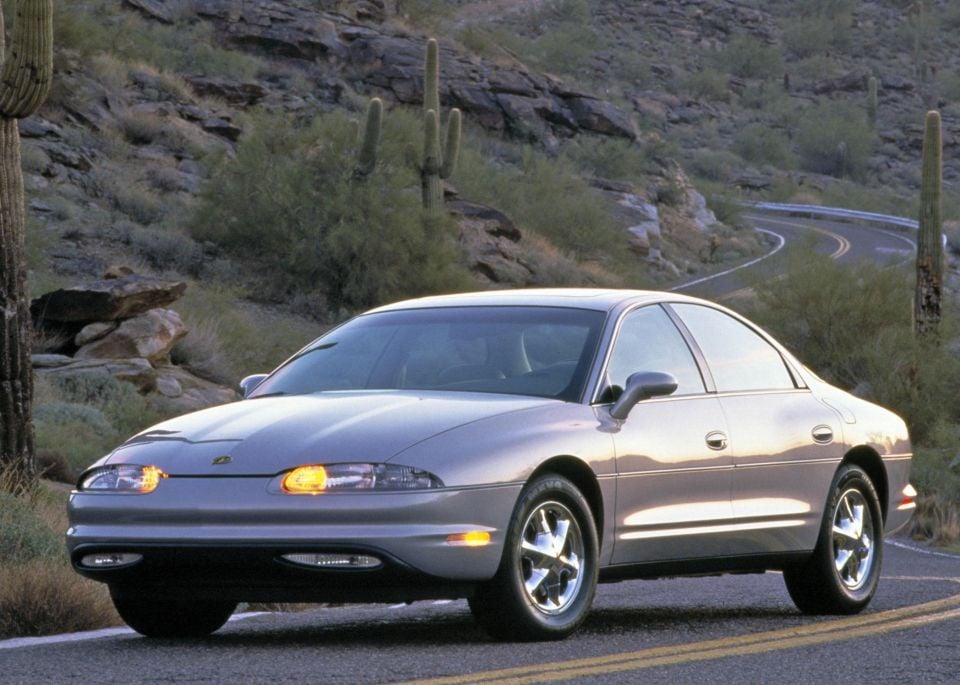
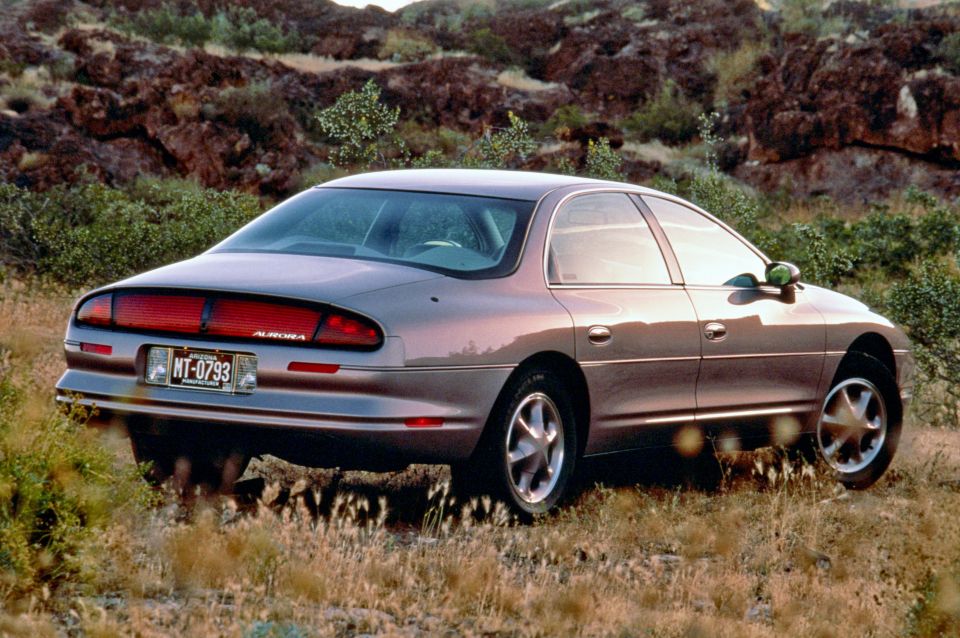
Oldsmobile’s peak came in the 1970s when it became America’s third-most popular brand behind Chevrolet and Ford, and regularly hit the million sales mark.
Although the marque continued to be popular into the ’80s, its distinctiveness was being bled away by ever more conspicuous forms of platform sharing and badge engineering.
The company staged one last charge for relevance when it launched the stunning front-wheel drive, V8-only Aurora in 1994. While future Olds adopted Aurora-inspired styling, it wasn’t enough to alter the brand’s sales trajectory.
In 2000, GM announced it was planning to shutdown Oldsmobile, making it the first of the company’s core brands to disappear during the modern era. In 2004, the final batch of 500 Oldsmobiles rolled off the line.
Image credits: 1904 Curved Dash (Andrew Bone), Toronado (Jacob Frey 4A),all via Flickr and Creative Commons Licence 2.0
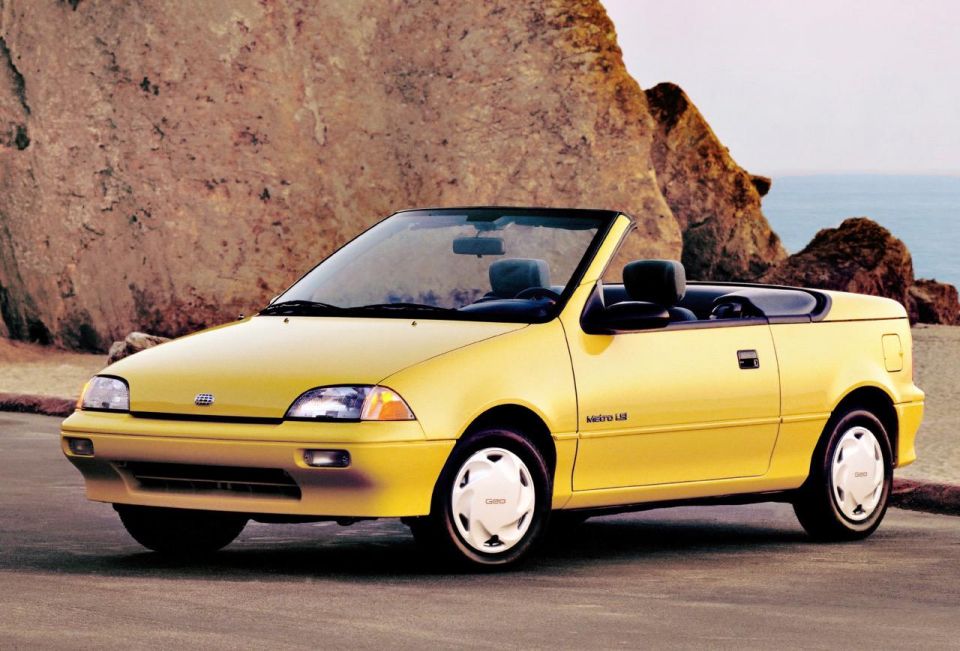
Saturn wasn’t the last time GM tried to woo “import” buyers in the US with a new marque.
While Saturn went down the expensive path of creating a small car at a new plant with a unique platform, Geo tried to fight the Japanese with rebranded Toyota, Isuzu, and Suzuki vehicles.
General Motors held stakes in the latter two companies, while Toyota and GM operated a joint venture plant. Known as NUMMI (New United Motor Manufacturing, Inc), Toyota’s first US plant allowed it get past import restrictions – and taught GM about just-in-time manufacturing.
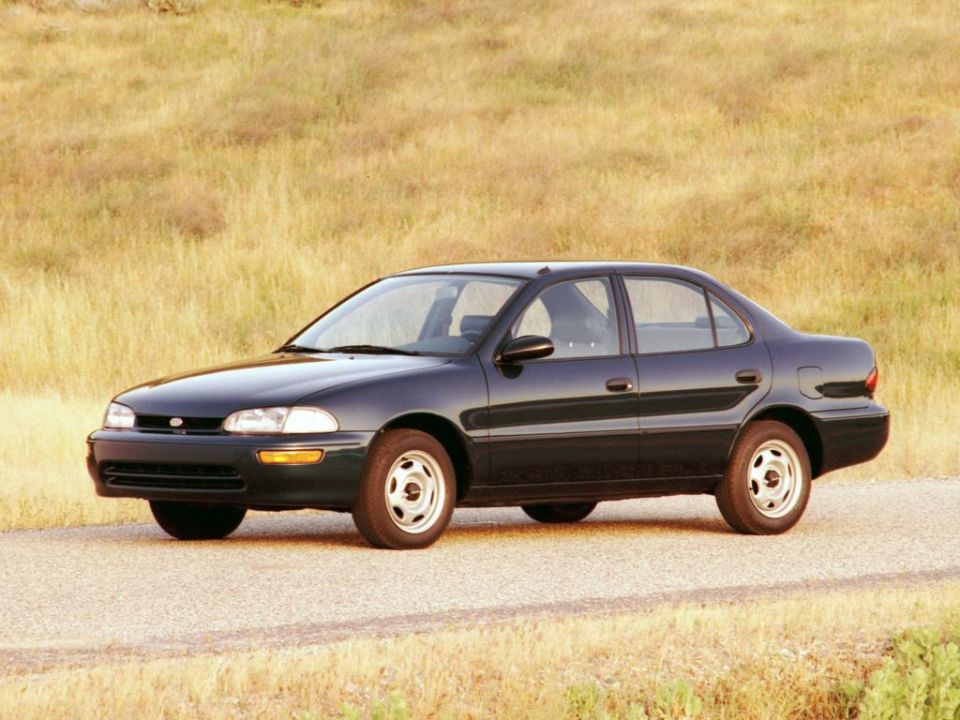
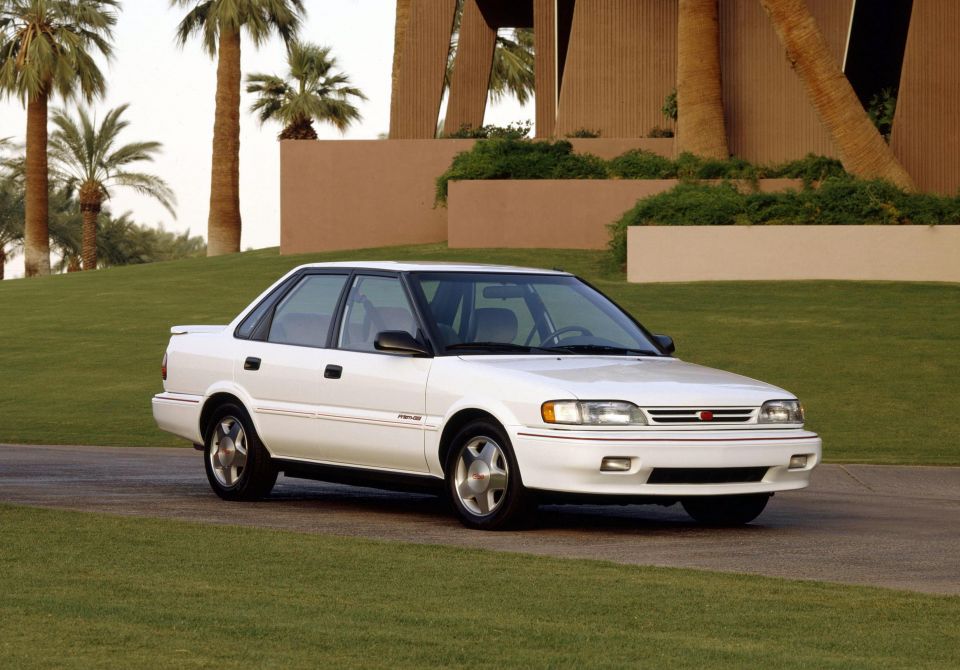
The Fremont plant — now used by Tesla to produce the Model S, 3, X and Y lines — churned out Corollas for Toyota, and Geo Prizms for GM, which were mechanically identical to the Corolla but with Sprinter bodies.
Although Geo was a standalone brand, it was functionally part of Chevrolet, and its vehicles were sold from Chevy showrooms. Starting in 1997 Geo vehicles were slowly rebranded as Chevrolets.
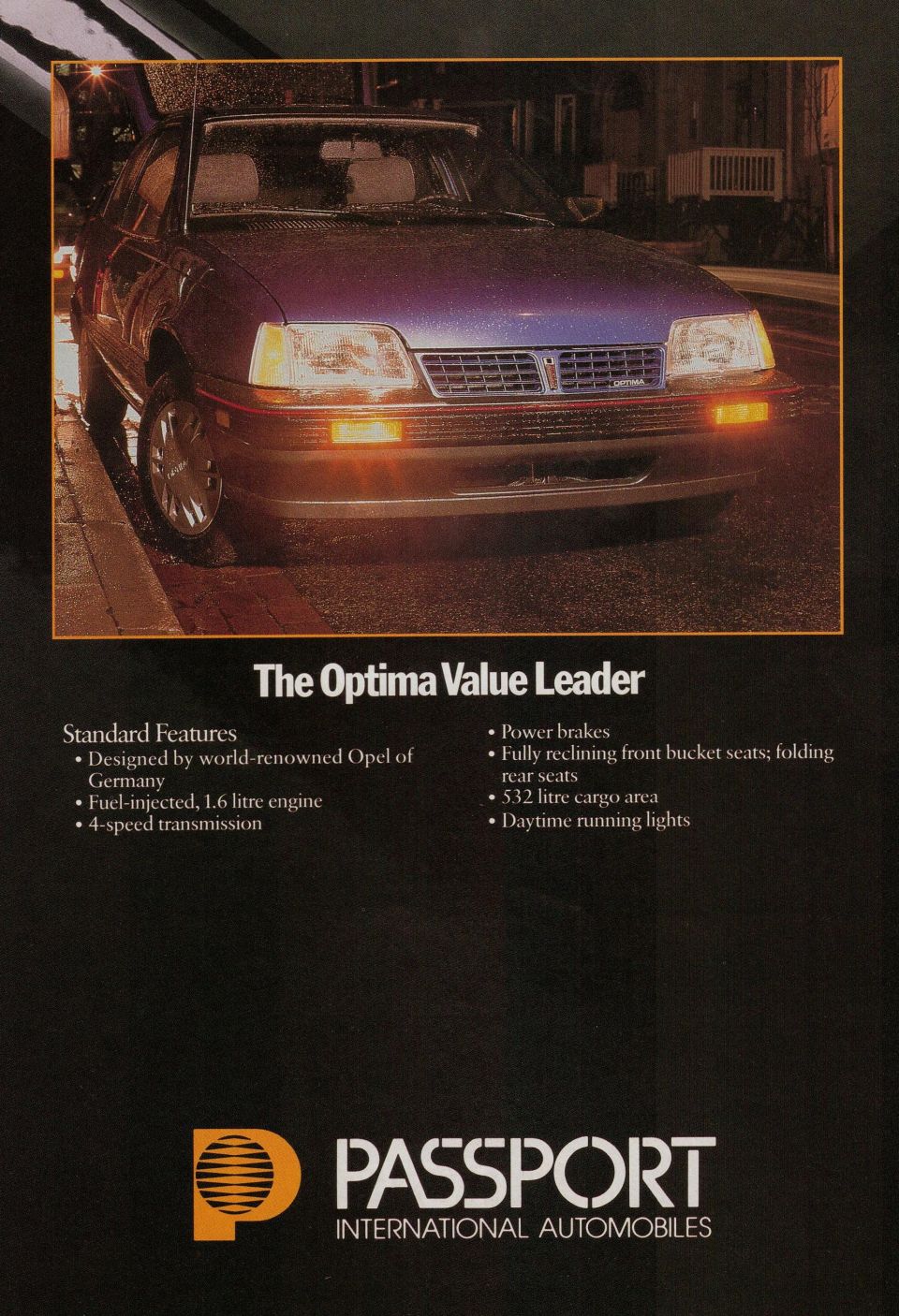
In 1988 GM created the Passport dealership network in Canada to market Isuzu cars, as well as the Passport Optima, a rebadged Daewoo LeMans.
With Saab joining the GM fold in 1990 and the Passport failing to set the sales charts alight, The General rejigged things in 1992 by bundling Isuzu, Saturn, and Saab into a new dealer chain, and eliminating Passport.
The company also decided to introduce the Geo brand — and its selection of badge-engineered Toyotas, Suzukis and Isuzus — to the Great White North through Chevrolet-Oldsmobile-Cadillac dealerships.

With the Geo brand selling well, Pontiac-Buick-GMC retailers wanted a piece of the action, so the Asuna brand was created with a few cars cribbed from the Geo catalog plus a revised version of the Daewoo LeMans.
The rebadged rebadges didn’t fare too well, and Asuna was pulled from the market by 1994.
Image credits: Passport Optima ad (John Lloyd) and 1993 Asuna Sunfire (Dave-7), all via Flickr and Creative Commons Licence 2.0
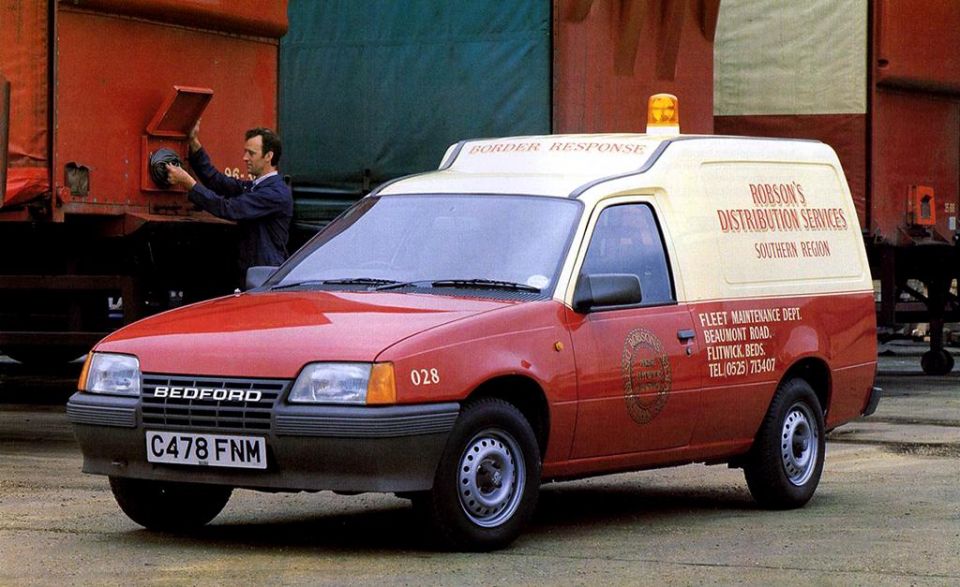
In the 1920s GM began making Chevrolet trucks in the UK using parts sourced from Canada, which had lower import tariffs under the Imperial Preference system.
After GM bought Vauxhall in 1925, the company began making Chevrolet Bedford vans, with the Chevrolet name dropped a few years later.
All of Vauxhall’s vans and trucks were then sold under the Bedford brand, which used a modified version of the company’s griffin logo.
In later years, Bedford made commercial versions of Vauxhall’s passenger cars, and also sold rebadged Isuzu vehicles. By 1991 all of GM’s mainstream vehicles in the UK were brought in under the Vauxhall brand.
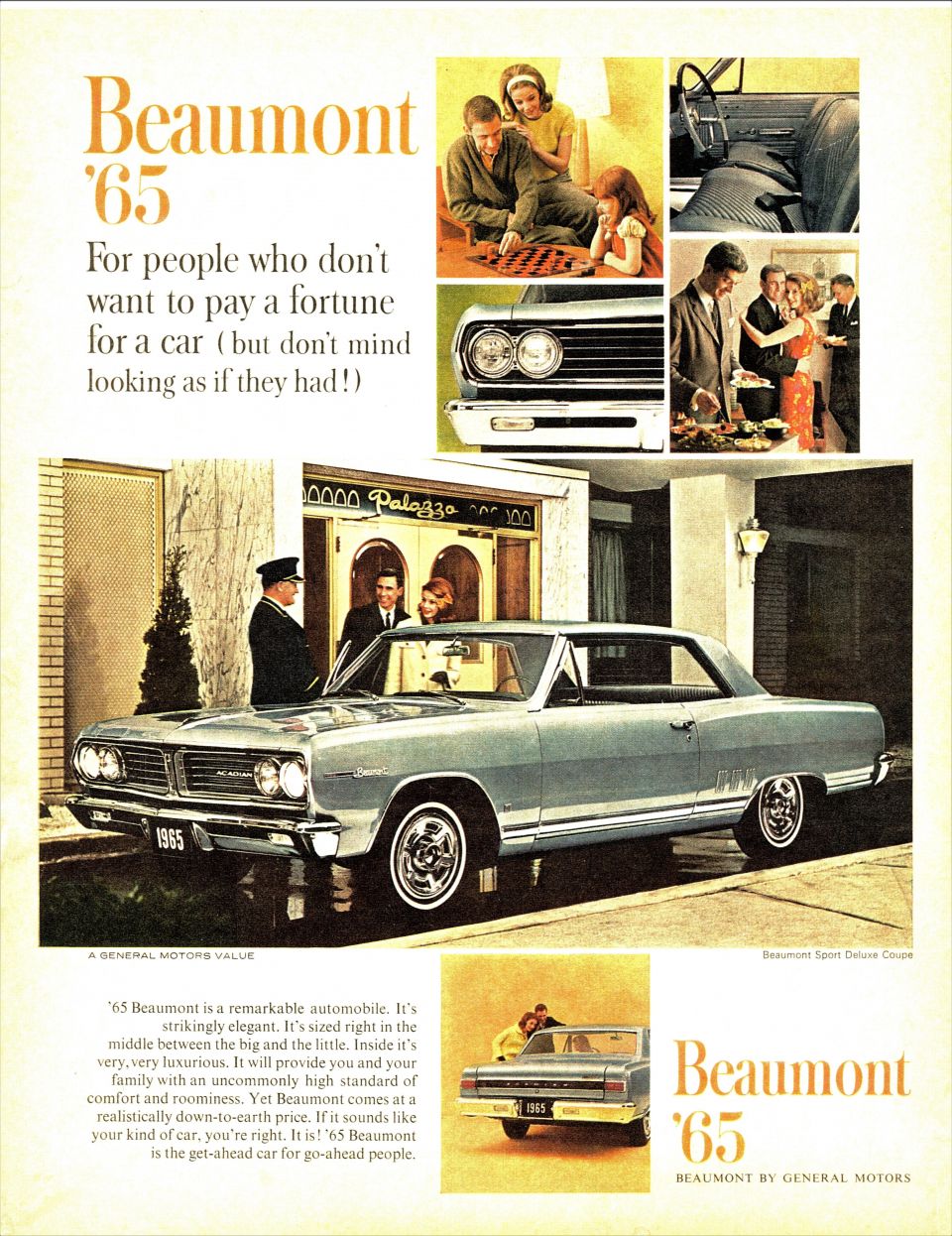
GM created the Acadian brand in 1962 as its Canadian Pontiac-Buick dealers needed a locally produced “compact” model to sell in their showrooms.
Instead of importing the Pontiac Tempest from the US — which would have attracted heavy tariffs — the company decided to rebadge the Canadian-made Chevy II/Nova and slap a new brand on it.
In time the range-topping Beaumont trim was also split off to become its own brand.
Image credits: Beaumont (Aiden Jewell) via Flickr and Creative Commons Licence 2.0
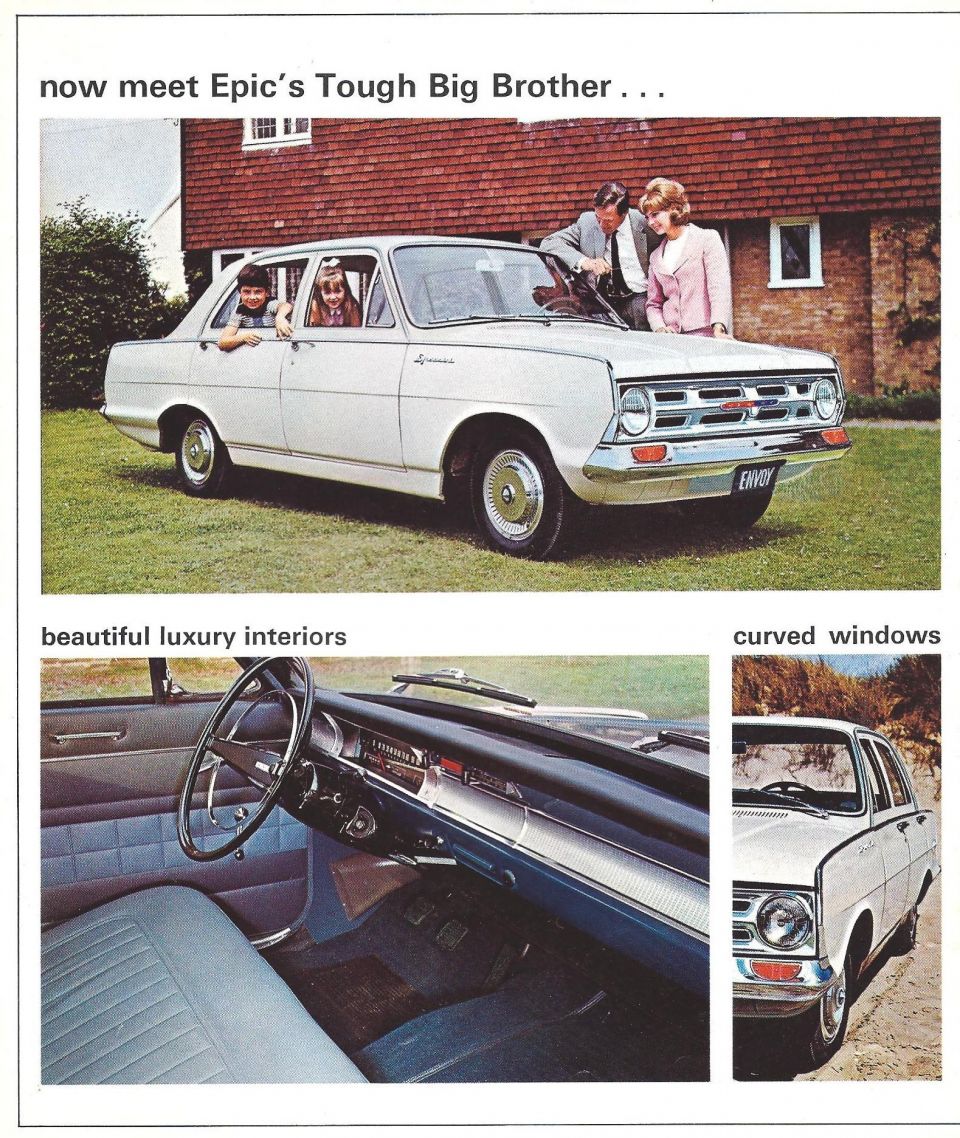
American automakers have tried, often without success, to sell products from their European outposts in their homeland.
Opel sold its vehicles Stateside from the 1950s to the mid-1970s through Buick dealerships, while Vauxhall ventured into the US from the 1950s to the early 1960s, with its cars sold primarily by Pontiac dealers.
In Canada, Vauxhall sold its wares at Pontiac-Buick dealerships. In order to also market its products through Chevrolet-Oldsmobile dealers, the company also created a badge engineered range under the Envoy name.
Image credits: 1965 Envoy ad (John Lloyd) via Flickr and Creative Commons Licence 2.0
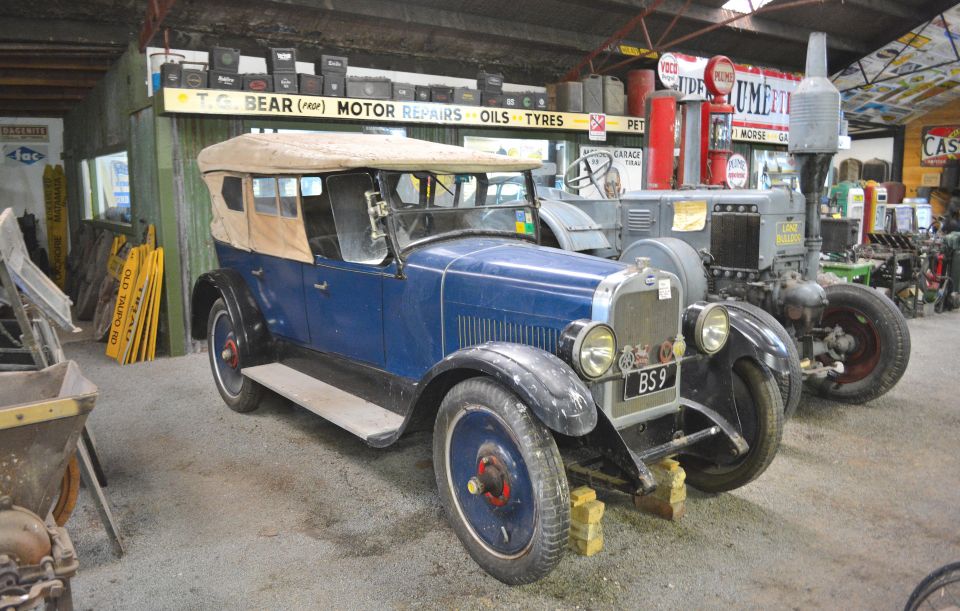

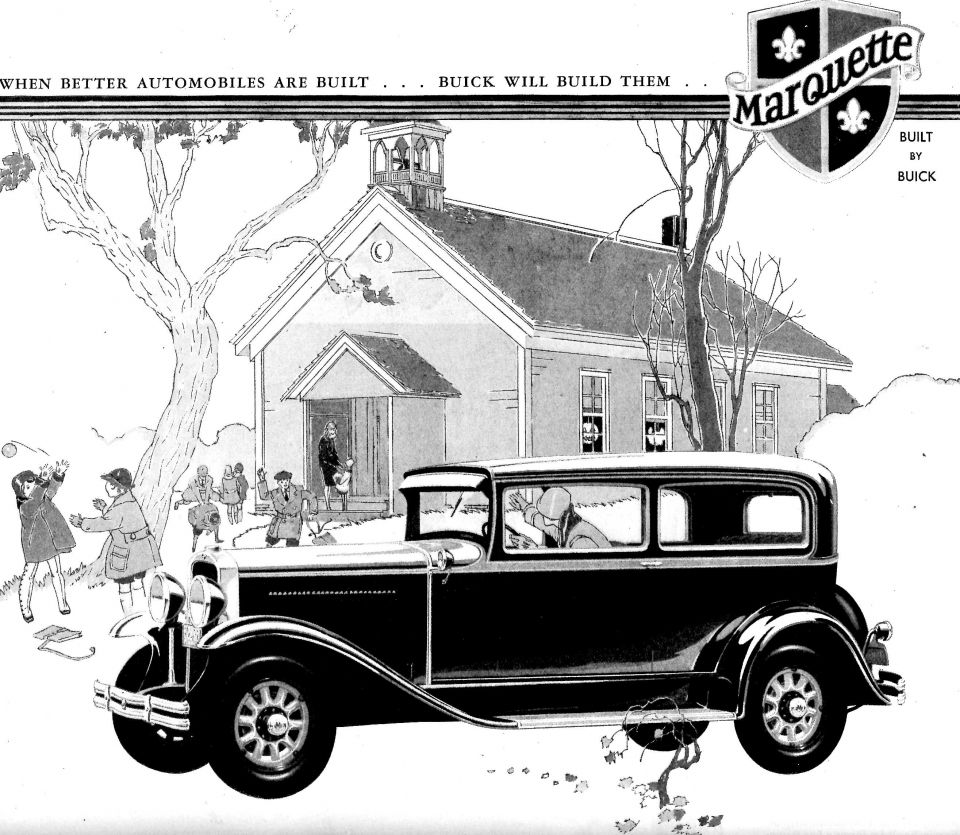
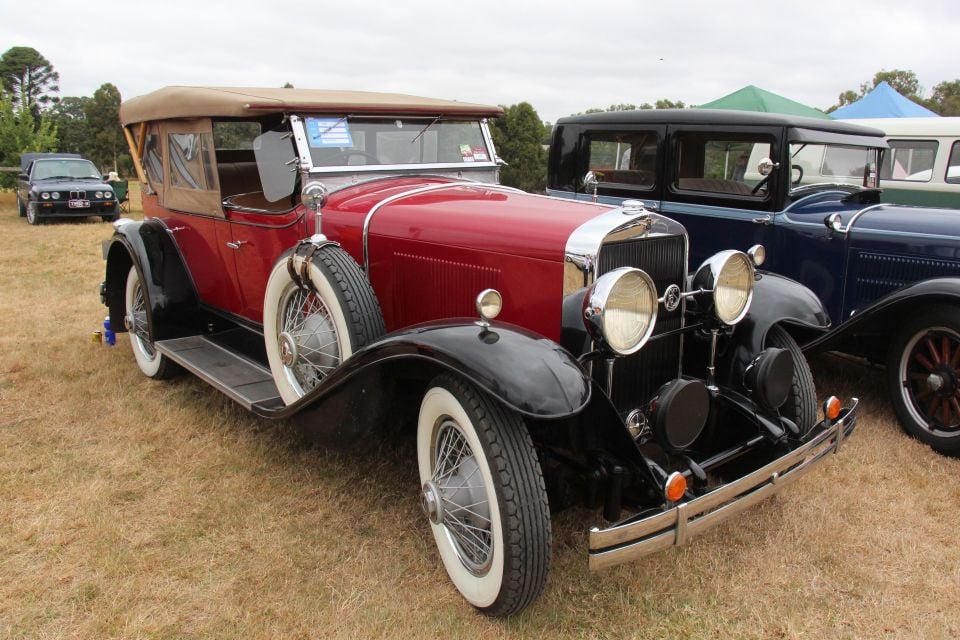
In the 1920s large pricing gaps were opening up between GM’s American divisions. To tackle this, the company decided that each, apart from entry-level Chevrolet, should gain a companion marque.
Oakland gained Pontiac, Viking was made so Oldsmobile had a cheaper offering, Marquette slotted in above parent Buick, and LaSalle came in underneath Cadillac.
While Pontiac outsold and ultimately usurped Oakland, all of the other companion brands were gone by 1940.
Image credits: 1930 Oakland (Greg Gjerdingen), 1924 Oakland (GPS 56), 1929 Marquette (Don O’Brien), and 1929 LaSalle (Sicnag), all via Flickr and Creative Commons Licence 2.0
Where expert car reviews meet expert car buying – CarExpert gives you trusted advice, personalised service and real savings on your next new car.
Derek Fung would love to tell you about his multiple degrees, but he's too busy writing up some news right now. In his spare time Derek loves chasing automotive rabbits down the hole. Based in New York, New York, Derek loves to travel and is very much a window not an aisle person.


Max Davies
5 Days Ago


Max Davies
4 Days Ago


Neil Briscoe
3 Days Ago


Max Davies
2 Days Ago
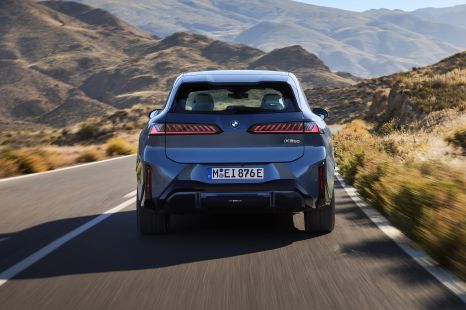

Alborz Fallah
21 Hours Ago


Damion Smy
21 Hours Ago